Pressure Care Equipment for Better Comfort and Prevention
Explore essential pressure care products—from mattresses to cushions and dressings—that support healing and prevent pressure injuries.
Summary
Pressure care equipment is critical in preventing and managing pressure injuries, also known as bedsores or pressure ulcers. These injuries typically develop in individuals with limited mobility who spend prolonged periods lying or sitting without repositioning. Effective pressure care products, including specialised mattresses, cushions, and dressings, play a vital role in promoting skin integrity, comfort, and overall wellbeing.This guide offers a comprehensive look at the types of pressure care equipment available in Australia, their key features, when and how to use them, and what to consider when selecting products. Whether caring for someone at home, in a hospital, or within aged care, the right tools make a lasting difference.
Understanding Pressure Injuries and Their Risks
Pressure injuries occur when sustained pressure or friction impedes blood flow to the skin and underlying tissue. These injuries most commonly affect areas over bony prominences such as heels, elbows, hips, and the tailbone. People at risk include:
- Aged care residents
- Hospitalised patients
- Individuals with spinal cord injuries
- People with reduced mobility or sensory impairment
According to the Australian Commission on Safety and Quality in Health Care, pressure injuries can develop in as little as two hours without proper preventative care.
Preventing pressure injuries involves:
- Frequent repositioning
- Skin checks and hygiene
- Proper nutrition and hydration
- Use of pressure care equipment
Types of Pressure Care Equipment
There are several categories of pressure care aids, each with unique applications. The right combination helps prevent injury and aids recovery in patients who already have compromised skin.
-
1. Pressure Care Mattresses
A pressure care mattress is designed to distribute body weight evenly and minimise skin breakdown. These mattresses are often made from high-density foam, gel, or dynamic air systems.
Options include:- Static foam mattresses: Ideal for moderate risk
- Alternating pressure mattresses (air mattress pressure care): Suitable for high-risk patients
- Pressure care air mattress systems: Incorporate airflow technologies to shift pressure periodically
Some models, such as the curocell mattress, use active alternating therapy and can be paired with electric profiling beds for enhanced positioning and support.
-
2. Pressure Care Cushions
A pressure care cushion helps users seated for long periods maintain skin integrity. These are often used in wheelchairs or recliners.
Types include:- Gel-based cushions for cooling and pressure redistribution
- Air cushions for dynamic relief
- Foam cushions for lightweight everyday use
Brands like Equagel protector cushion offer medical-grade performance and comfort for long-term seated users.
-
3. Pressure Bandages and Dressings
Dressings and pressure sore bandages play a critical role in healing and protecting damaged skin. Specialised materials help maintain moisture balance and reduce the risk of infection.
Common types:- Hydrocolloid dressings
- Foam dressings for exudate management
- Pressure bandages that apply gentle compression
Pressure bandages are also used preventatively on high-risk areas or after surgical procedures.
-
4. Profiling Beds and Positioning Aids
An electric profiling bed allows users or carers to adjust body position easily using remote-controlled motors. These beds help reduce friction and shear while making caregiving tasks more ergonomic.
Additional positioning aids include:- Sheepskin for pressure sores
- Wedges and bolsters
- Repositioning slings
Caring for and Maintaining Pressure Care Equipment
Proper care ensures that pressure equipment remains effective and safe.
Tips include:
- Check air pressure levels daily for air mattress pressure care systems
- Clean covers regularly with appropriate disinfectants
- Rotate mattresses and cushions to extend their life
- Inspect for leaks, deflation, or hardening in foam or gel units
- Replace dressings promptly according to wound care protocols
Sheepskin overlays and cushions should be washed with wool-friendly products and air-dried to preserve softness and performance.
Featured Products
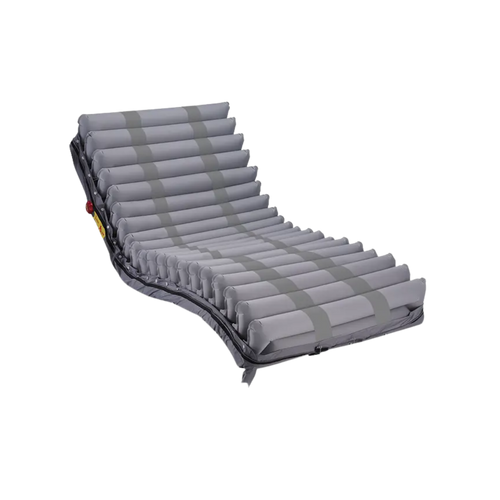

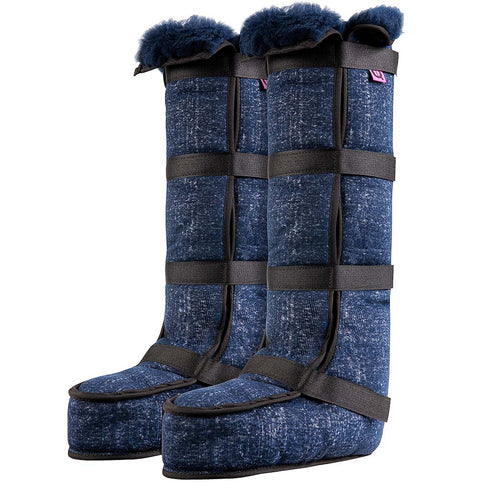
When and How to Use Pressure Care Products
Pressure care products are recommended when a person:
- Is bed-bound or spends extended periods in a wheelchair
- Has reduced sensation or is unable to reposition independently
- Has a history of pressure injuries or is at increased risk due to comorbidities
Best Practices for Use
- Assess Risk Level
Use tools like the Braden Scale or consult a wound care nurse to determine the level of risk and equipment needs. - Match Equipment to Individual Needs
For example, choose an air mattress aged care setting if the person is frail and spends most time in bed, or a high-spec cushion for those in wheelchairs. - Ensure Correct Sizing and Fit
Equipment that’s too small or too large can increase risk or reduce comfort. - Follow Care Instructions
Many products have specific cleaning, inflation, or usage requirements. Proper maintenance ensures longevity and hygiene. - Reassess Regularly
Pressure care is dynamic—products and positioning strategies should be reviewed as a person’s condition changes.
Selecting the Right Pressure Care Equipment
Choosing pressure care products requires balancing clinical needs, budget, and environment. Here’s what to consider:
1. Risk Assessment Outcome
Determine if low, medium, or high-level care is required. A lower-risk user may benefit from a foam mattress topper, while higher-risk individuals may require a dynamic system with alternating airflow.
2. Comfort and Compliance
Devices must be comfortable to encourage continued use. User feedback is essential, especially for cushions and support surfaces.
3. Equipment Compatibility
Ensure cushions and mattresses are compatible with existing beds or wheelchairs. Some air mattresses work best with an electric profiling bed for complete pressure relief.
4. Cleaning and Infection Control
Select products that are easy to clean, have antimicrobial covers, and allow for fluid protection. This reduces infection risk in hospital and aged care environments.
5. Funding and Support
Many pressure care products are eligible under the NDIS or DVA healthcare supports. A professional recommendation or occupational therapy report may be needed for funding approval.
FAQs About Pressure Care
Q: What is a pressure care mattress?
A mattress designed to reduce pressure on vulnerable areas of the body. It supports even weight distribution to prevent ulcers.
Q: Do pressure care cushions really work?
Yes. Cushions like the Equagel protector cushion provide targeted pressure relief and are commonly used in wheelchairs or recliners.
Q: What’s the difference between foam and air pressure mattresses?
Foam mattresses offer static support, while air mattresses actively alternate pressure points to reduce skin breakdown.
Q: Are pressure care items covered by NDIS?
Yes. Products such as cushions, mattresses, beds, and positioning aids may be included in a participant's plan if clinically justified.
Q: How do I clean pressure care equipment?
Use a mild disinfectant, follow product care labels, and avoid harsh chemicals that degrade the material. For beds and air mattresses, refer to the motor unit manual.
Conclusion
Pressure care is a vital component of holistic health management for people with reduced mobility, chronic conditions, or extended hospital stays. High-quality equipment—ranging from pressure care mattresses and air cushions to pressure bandages and profiling beds—not only prevents injury but also supports healing and quality of life.
When selected and used correctly, pressure care products significantly reduce the risk of pressure injuries and promote comfort for users and carers alike. Partnering with qualified suppliers ensures access to clinically tested, TGA-compliant equipment that meets the needs of individuals across home care, hospitals, and aged care settings.
Protect skin health and ensure maximum comfort with trusted pressure care solutions.
Shop our complete range of pressure care mattresses, cushions, and equipment.
📞 Call 1300 615 193 or order online at our website.
Pressure care products are essential for preventing and managing pressure injuries in people with limited mobility, long-term bed rest, or extended seated periods. This collection includes clinically designed pressure care solutions that help redistribute weight, protect vulnerable skin areas, and improve comfort in home care, aged care, and clinical environments. Suitable for both prevention and treatment, these products support skin integrity, healing, and everyday comfort.
Items included in this pressure care collection:
- Pressure care mattresses and alternating air mattresses
- Pressure relief cushions for chairs and wheelchairs
- Heel protectors and pressure care boots
- Pressure injury prevention overlays and toppers
- Positioning aids for pressure redistribution
- Breathable and easy-to-clean pressure care accessories
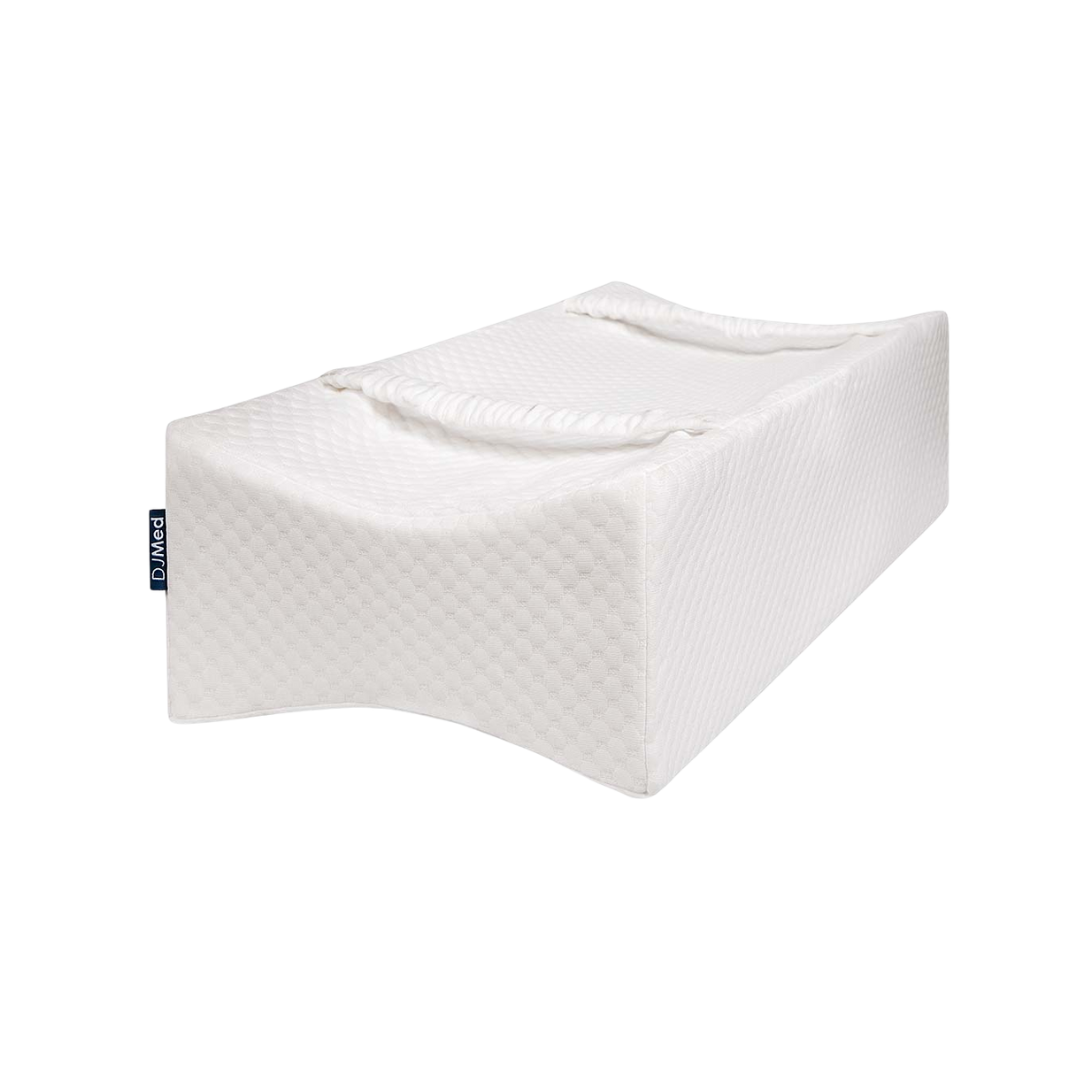
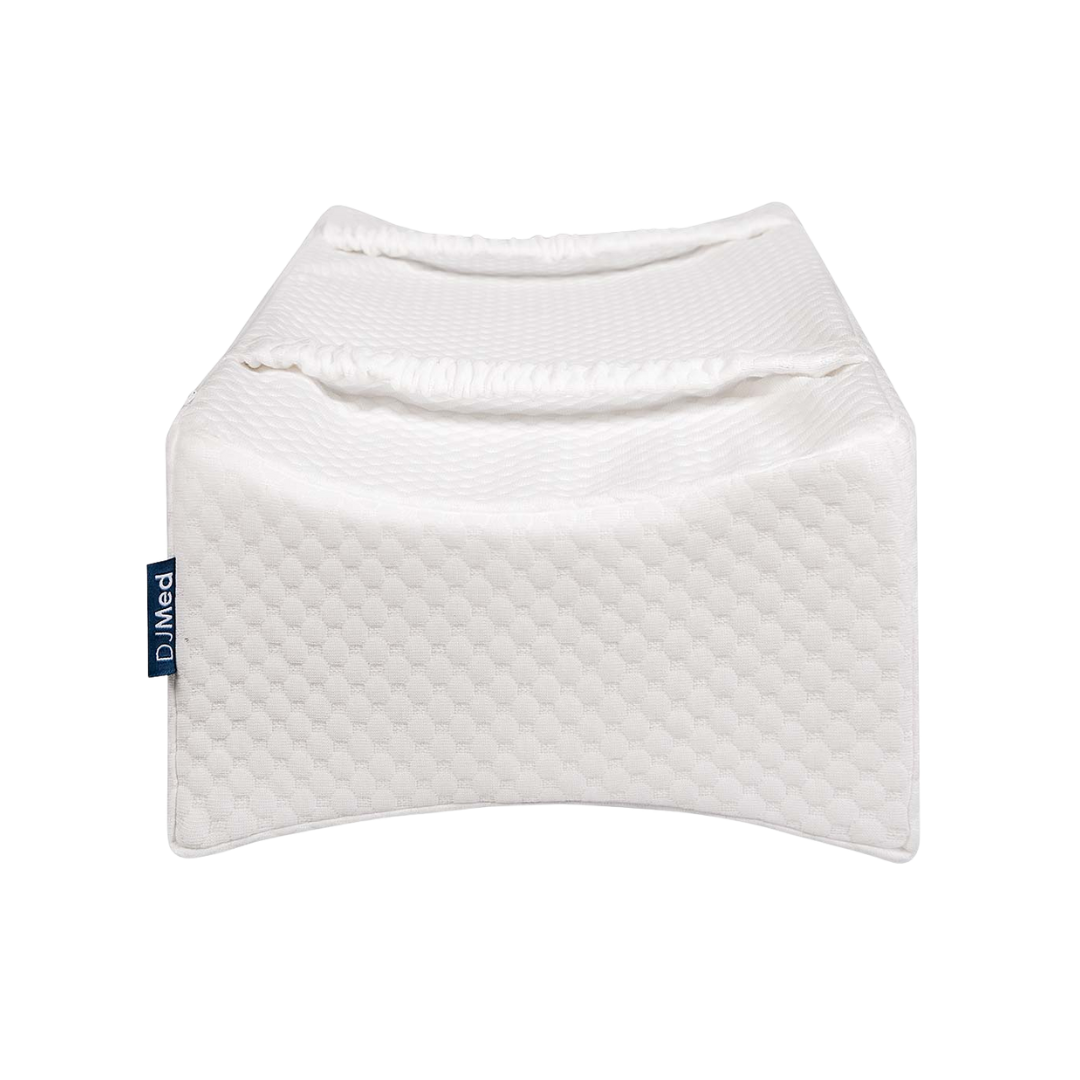

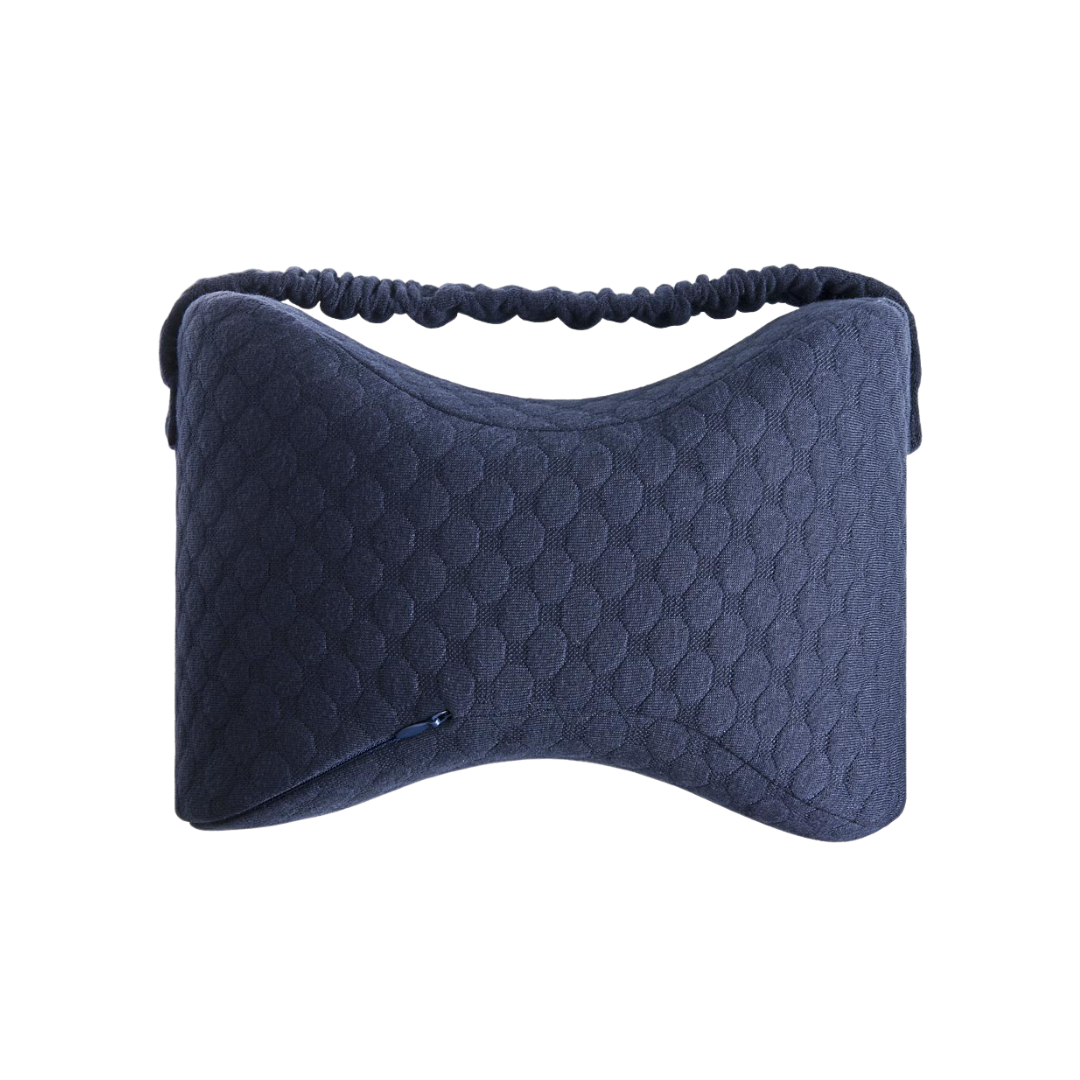
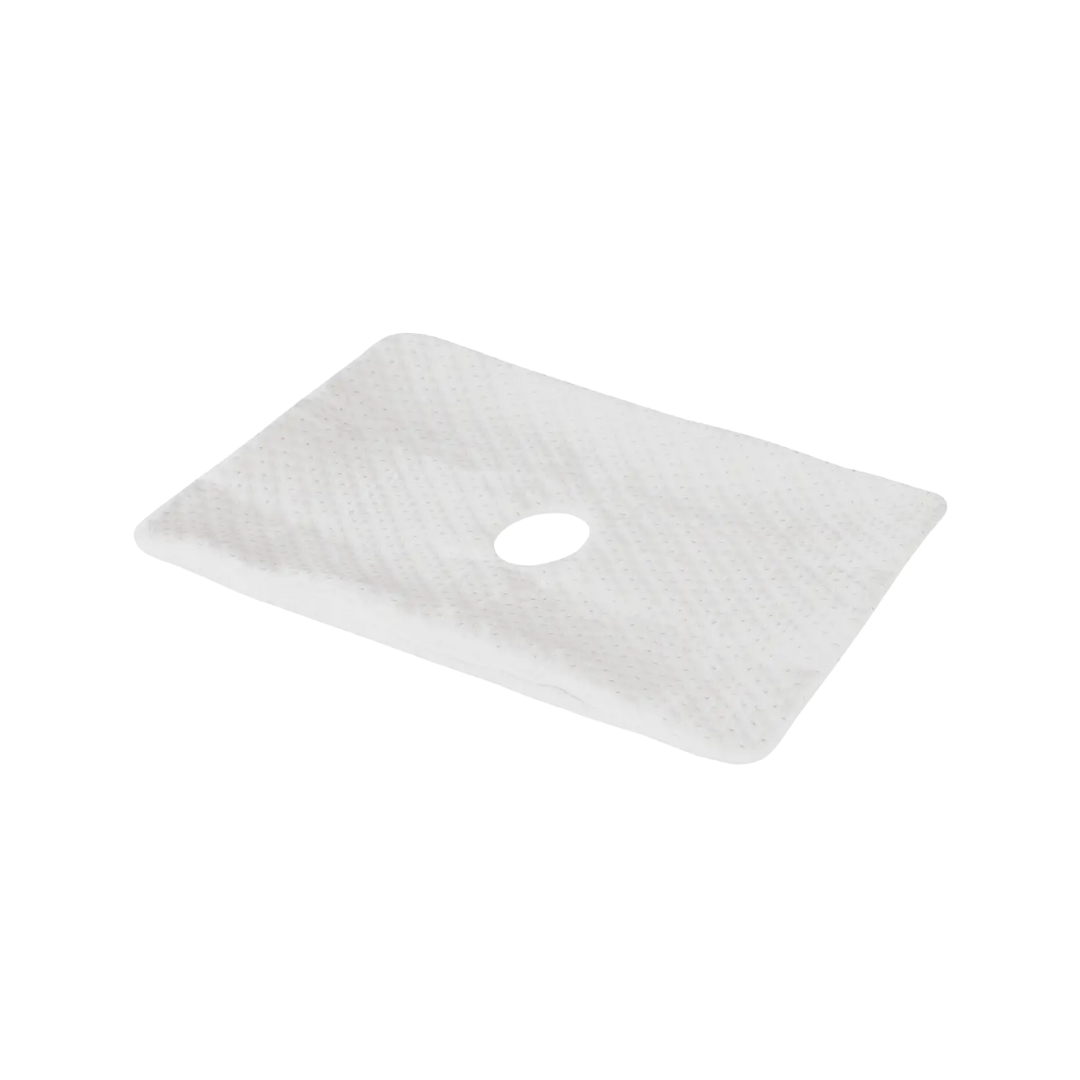
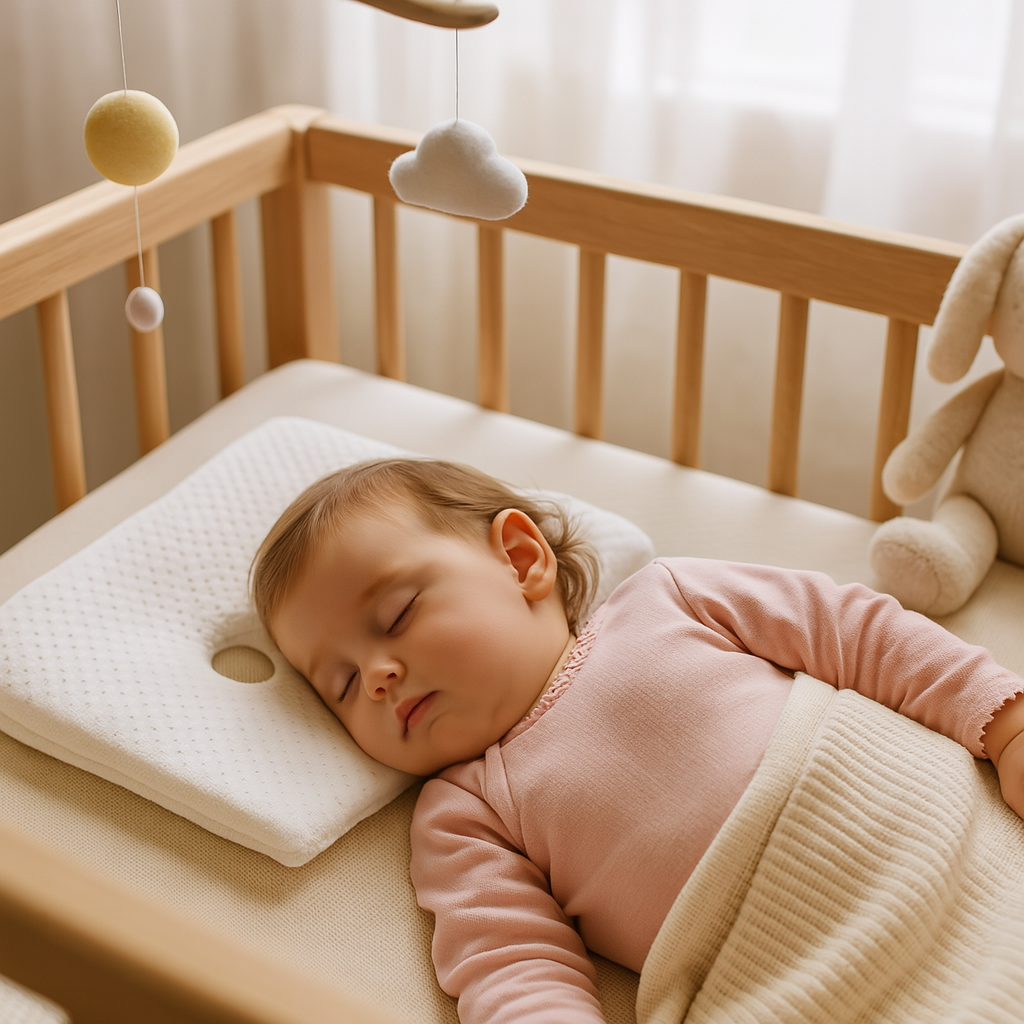
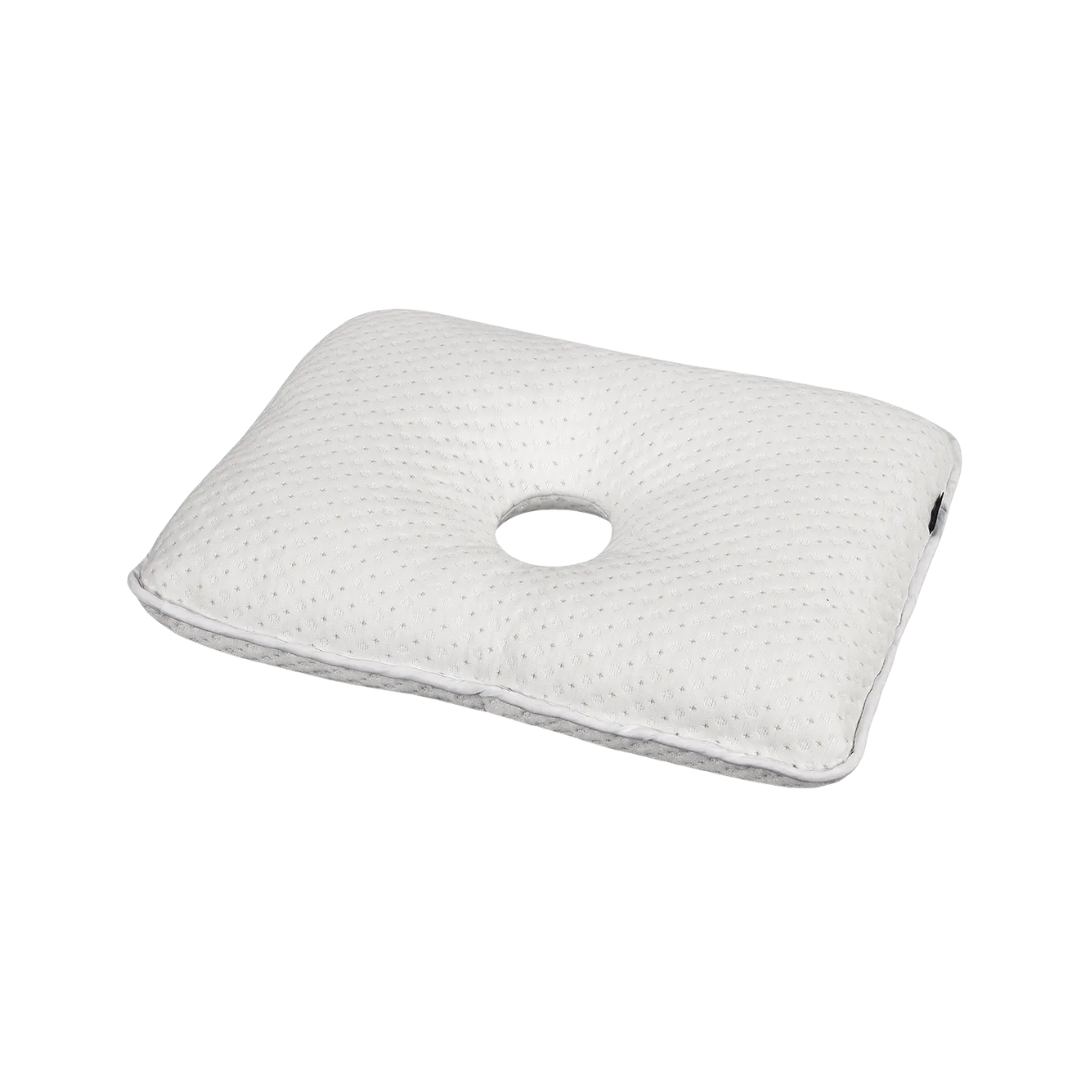
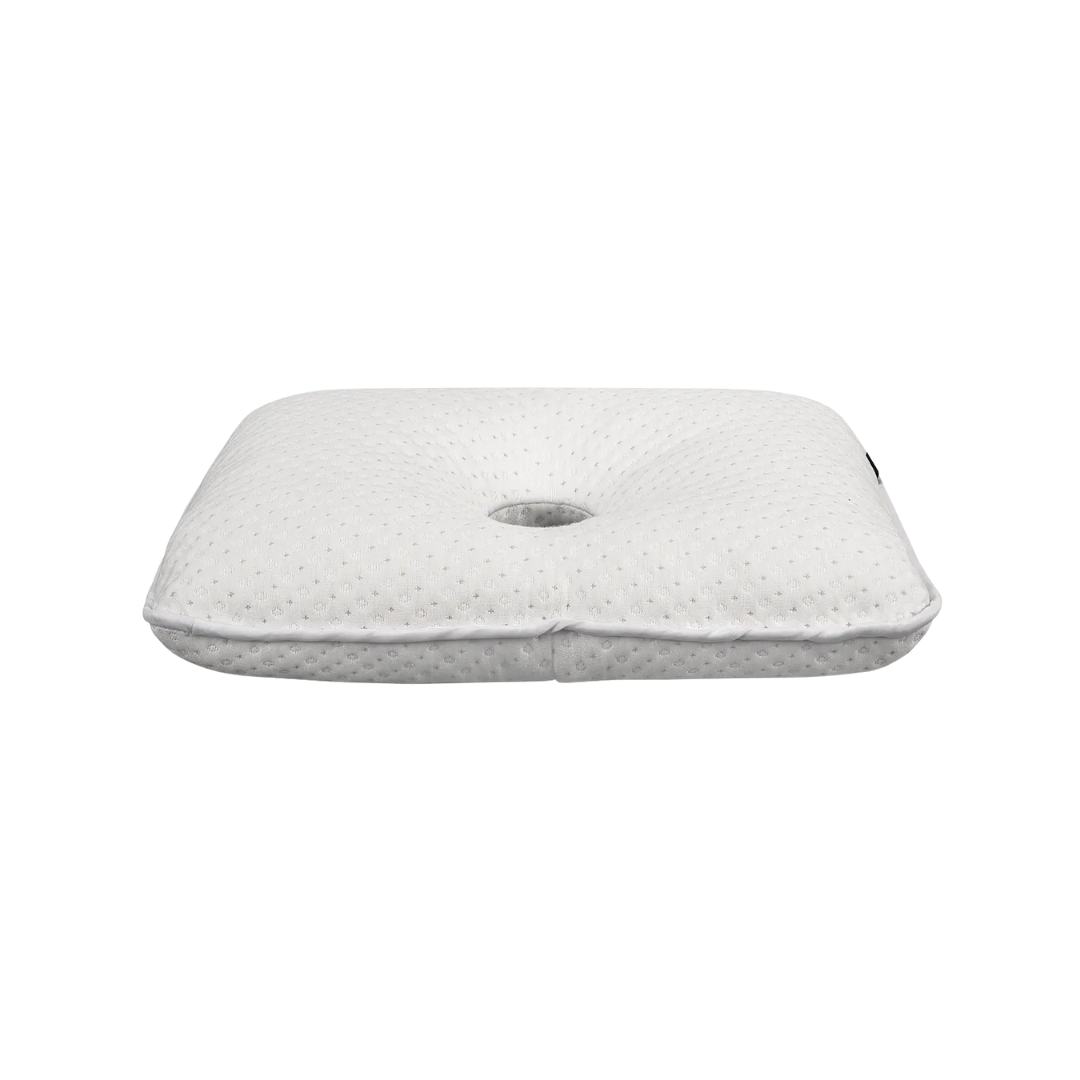
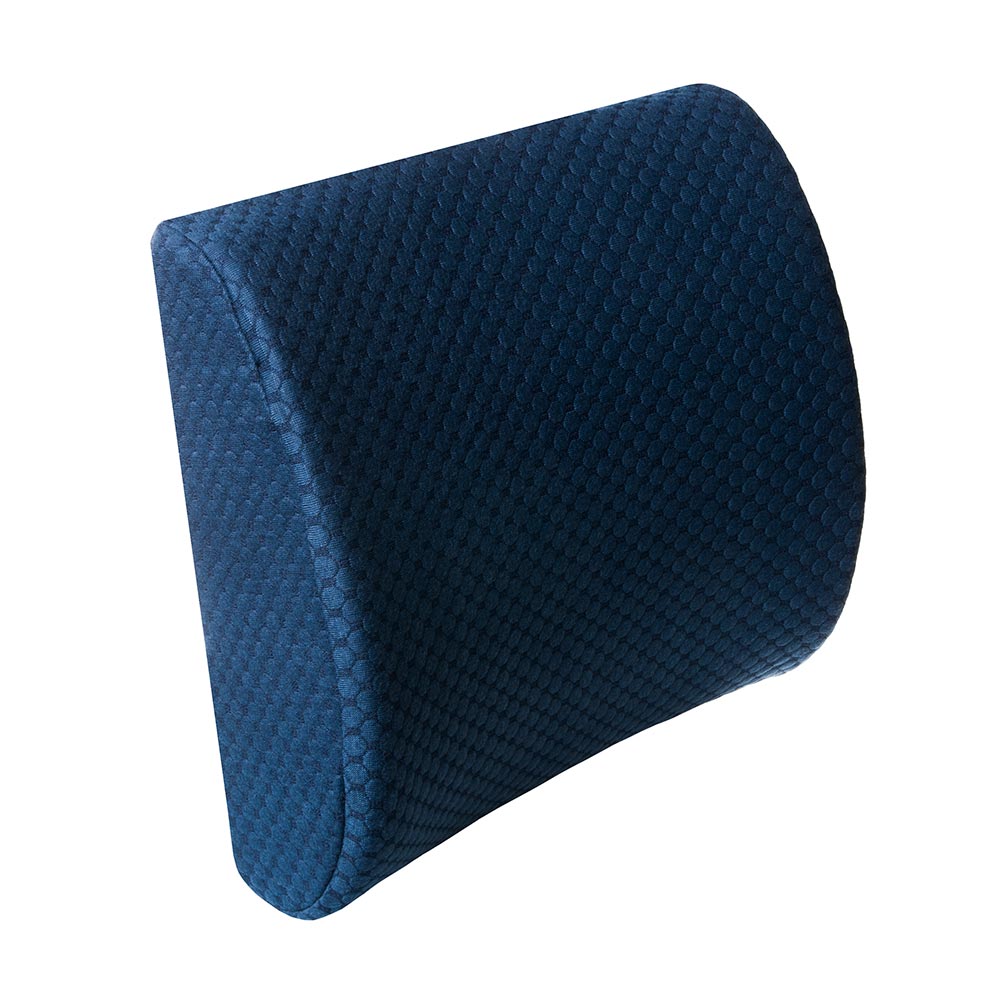
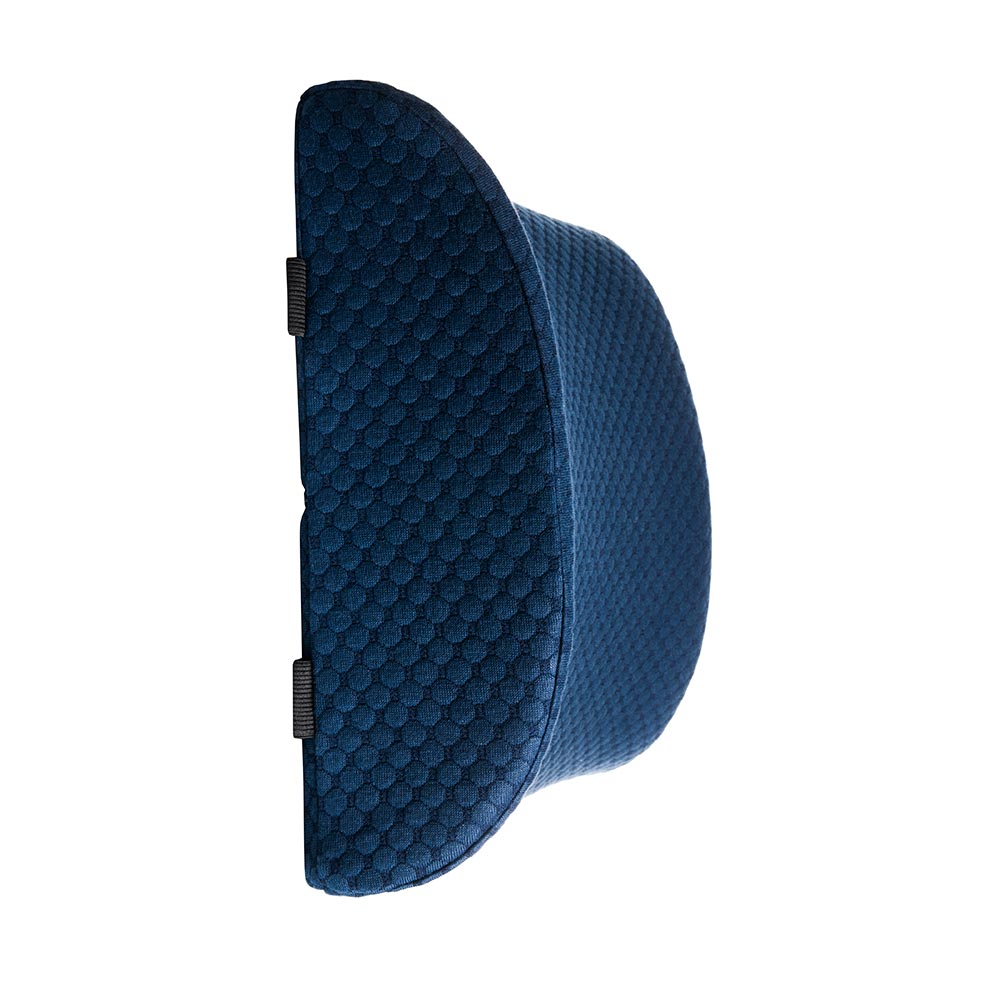
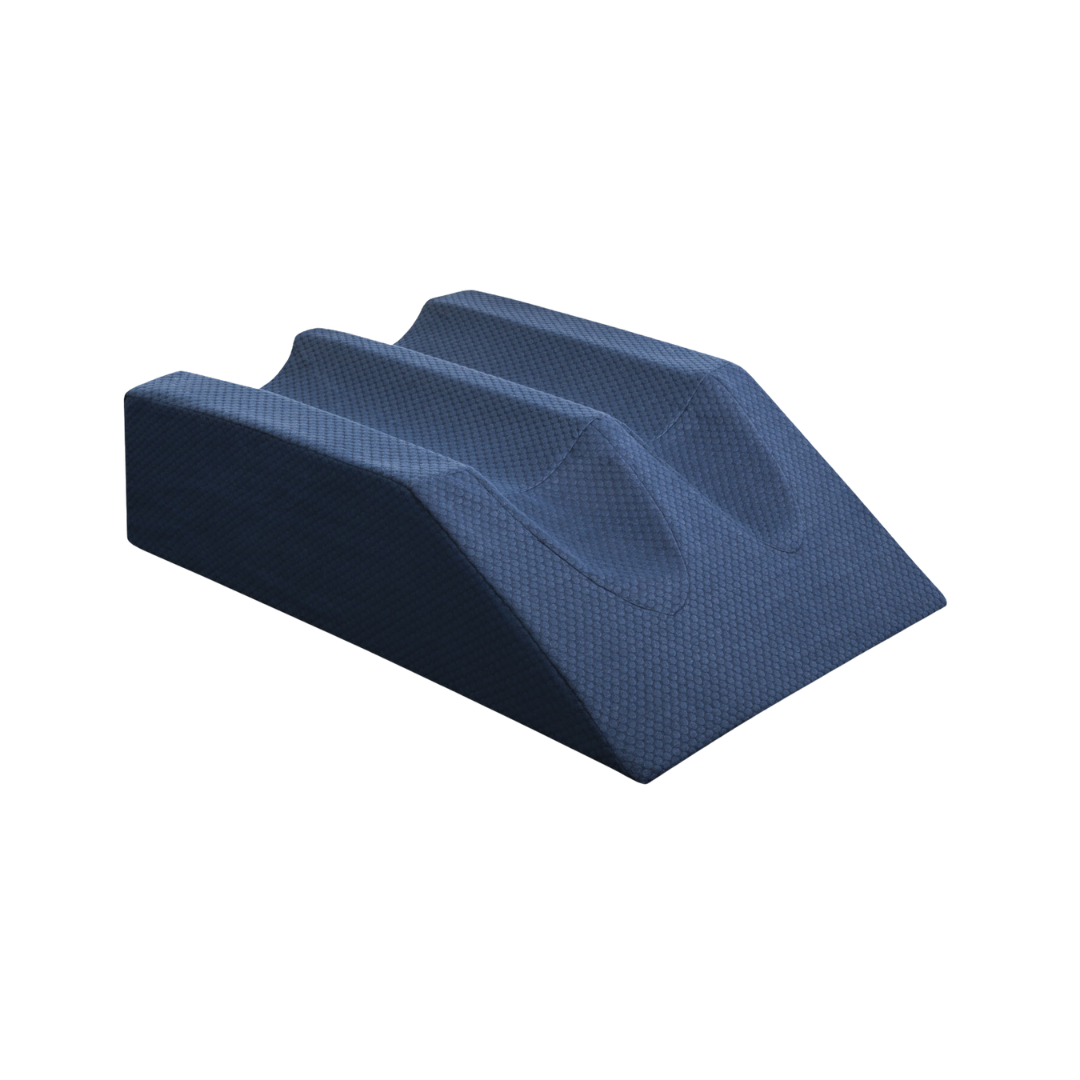
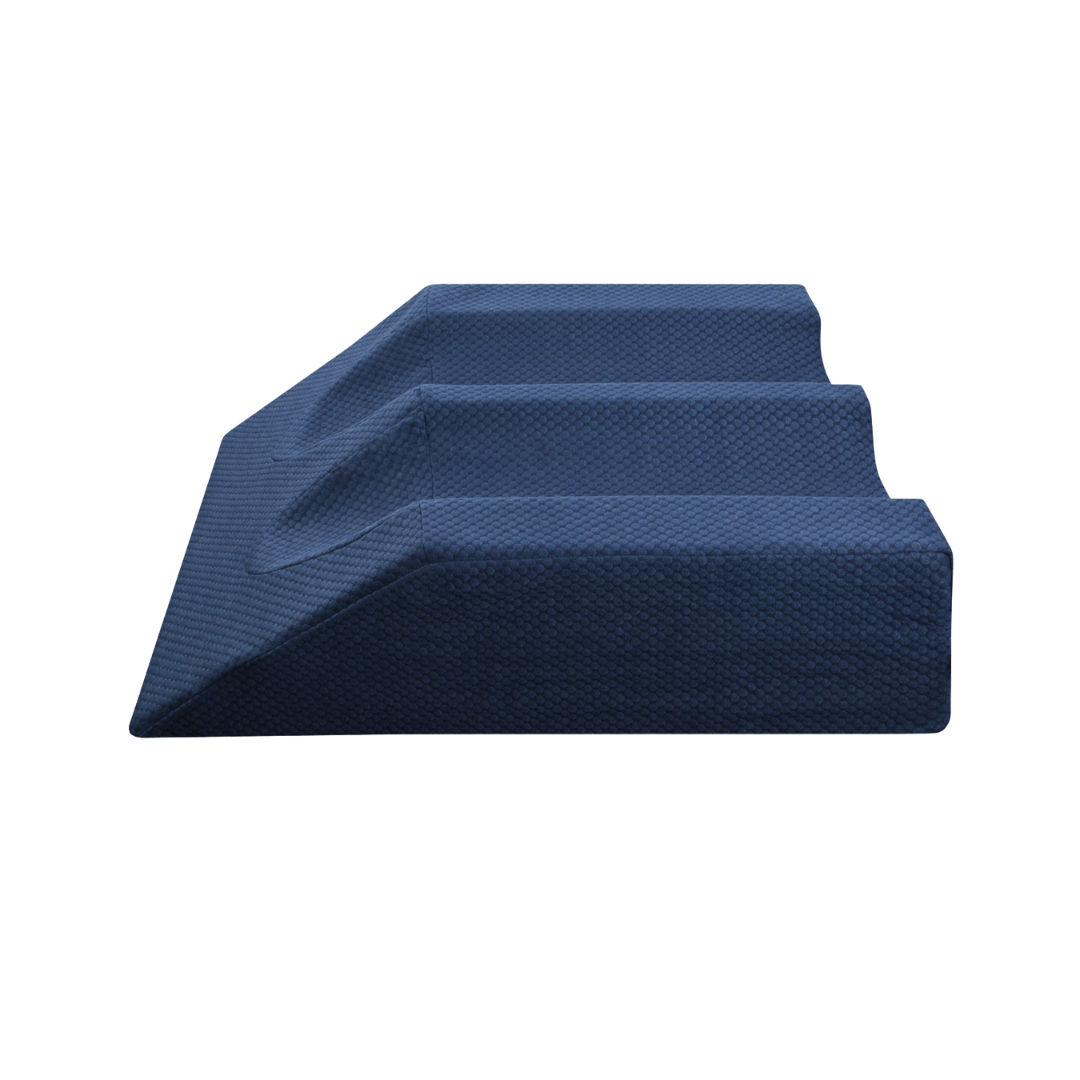

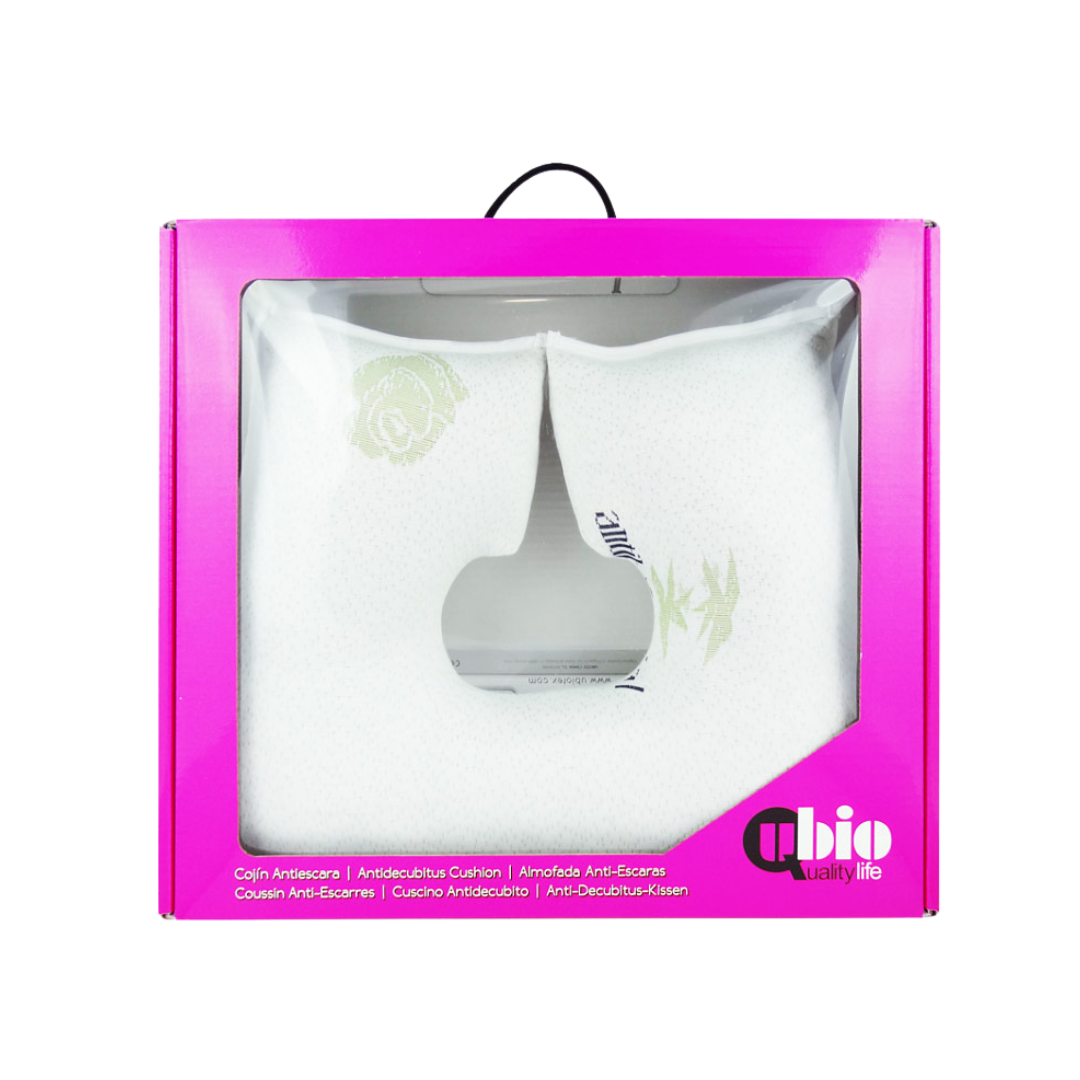

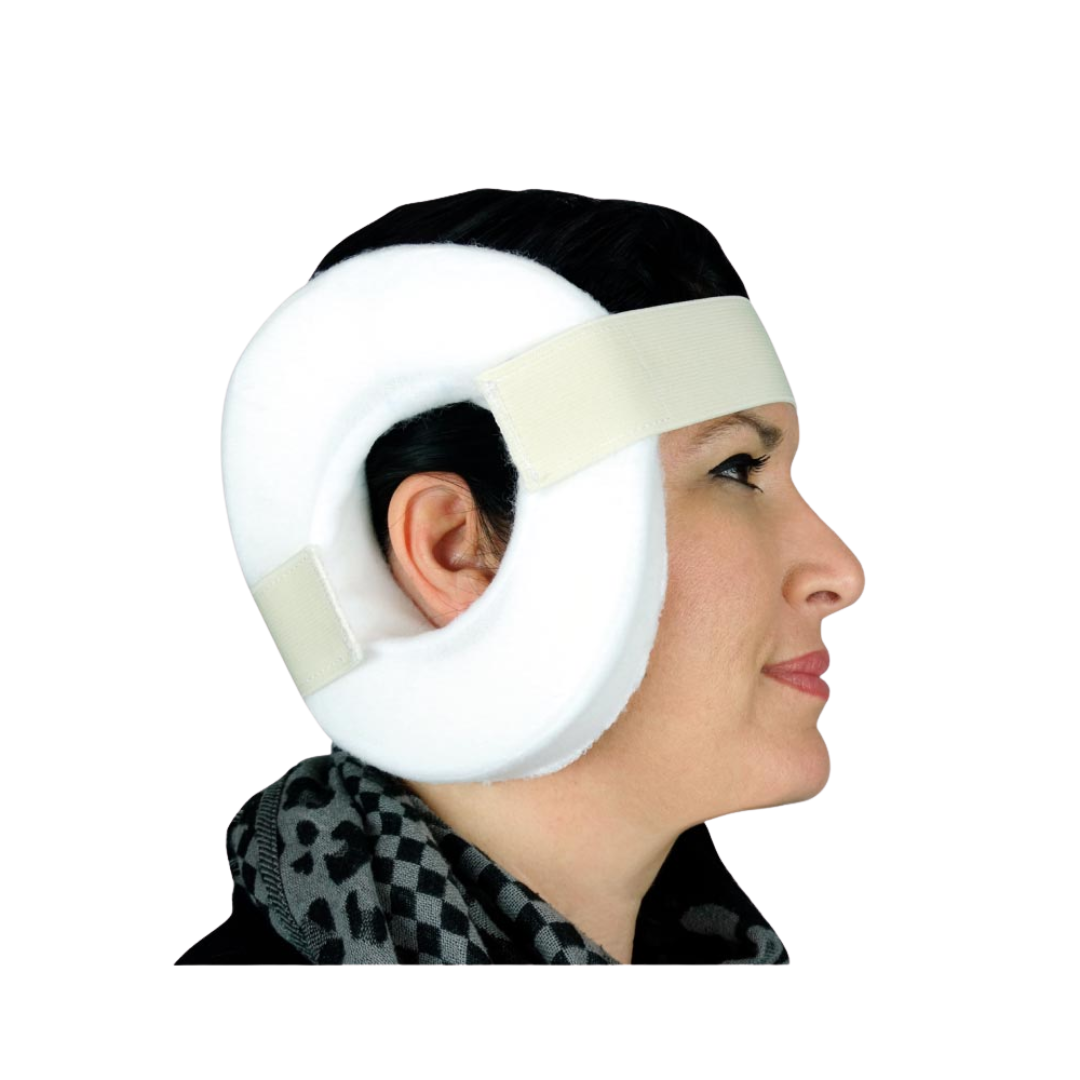
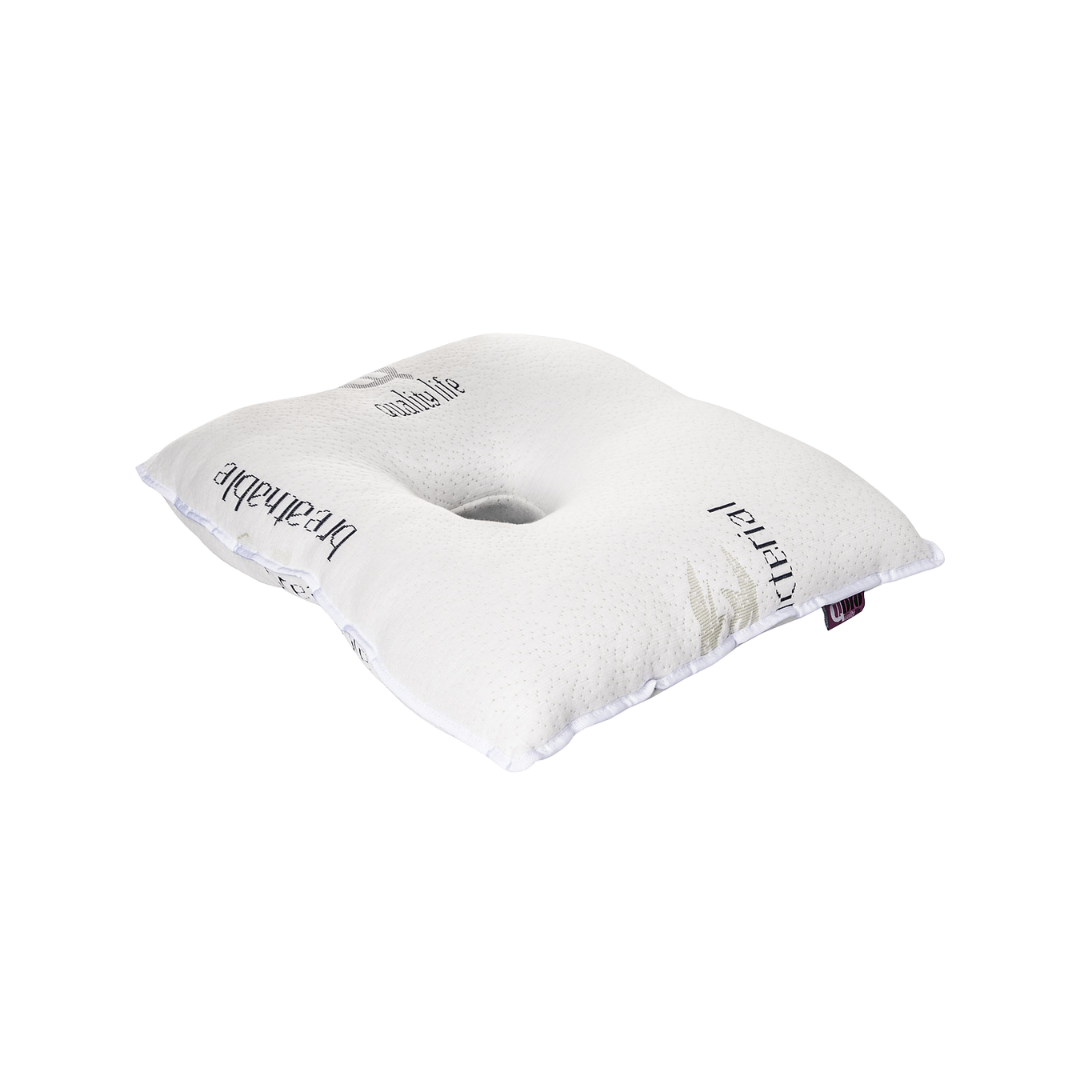
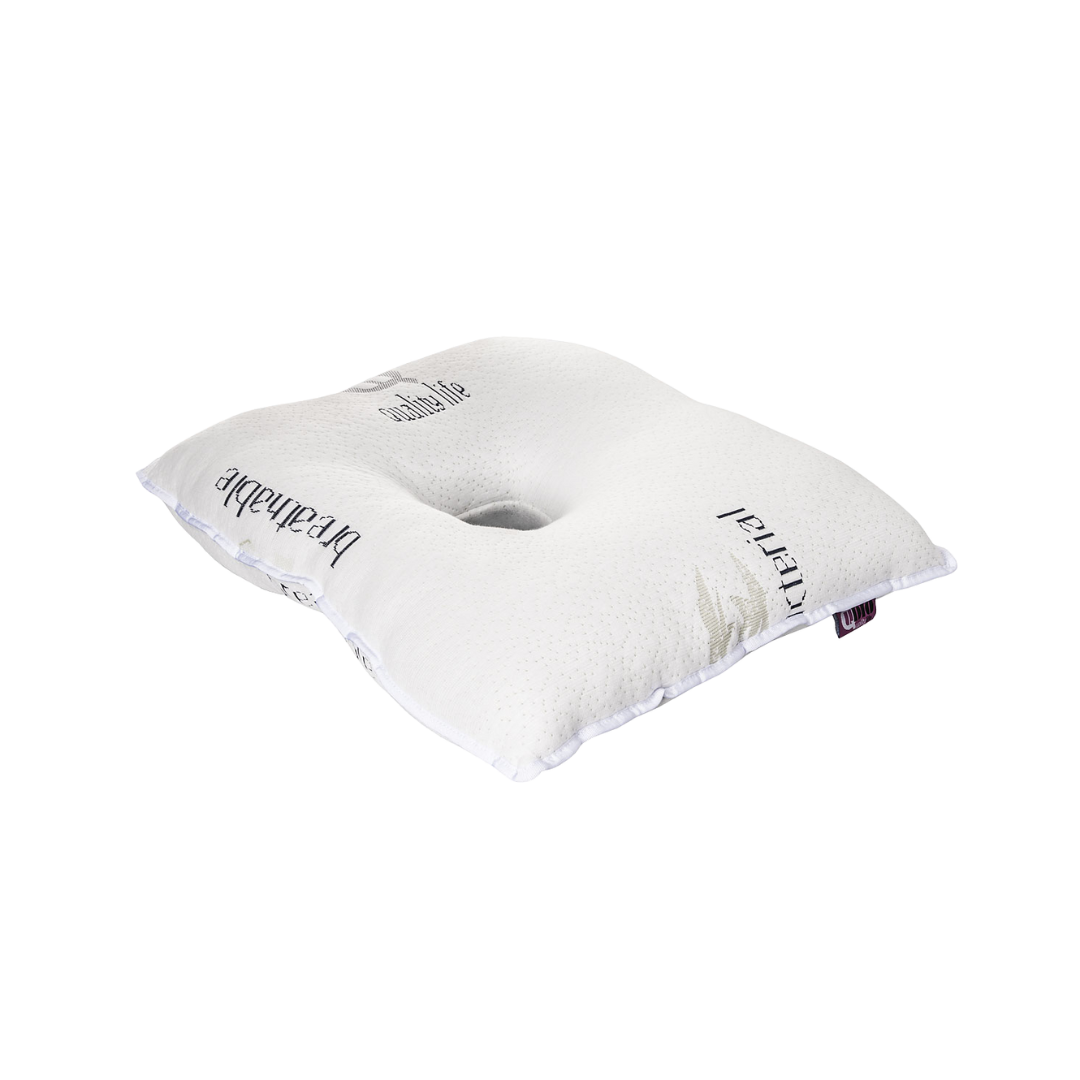
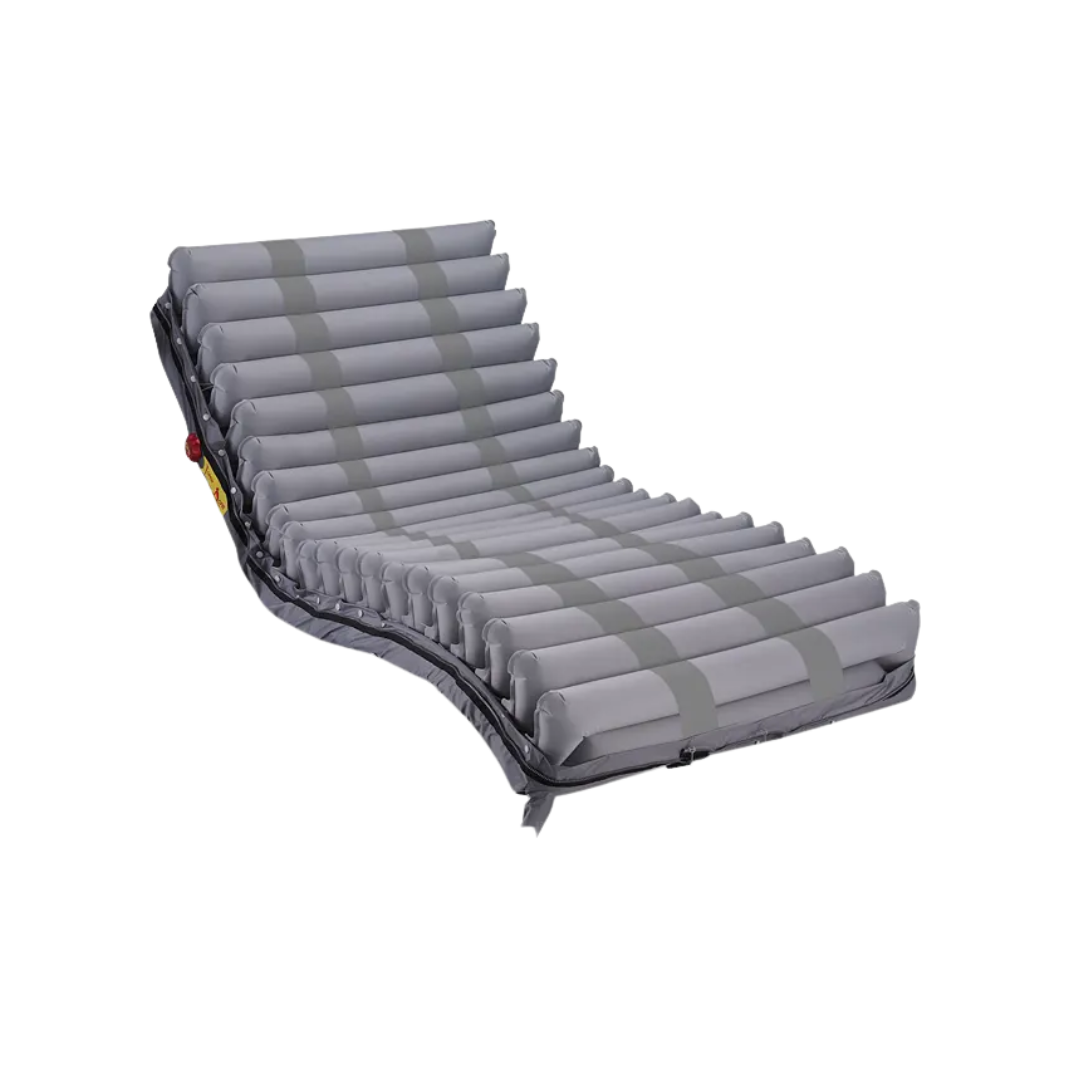
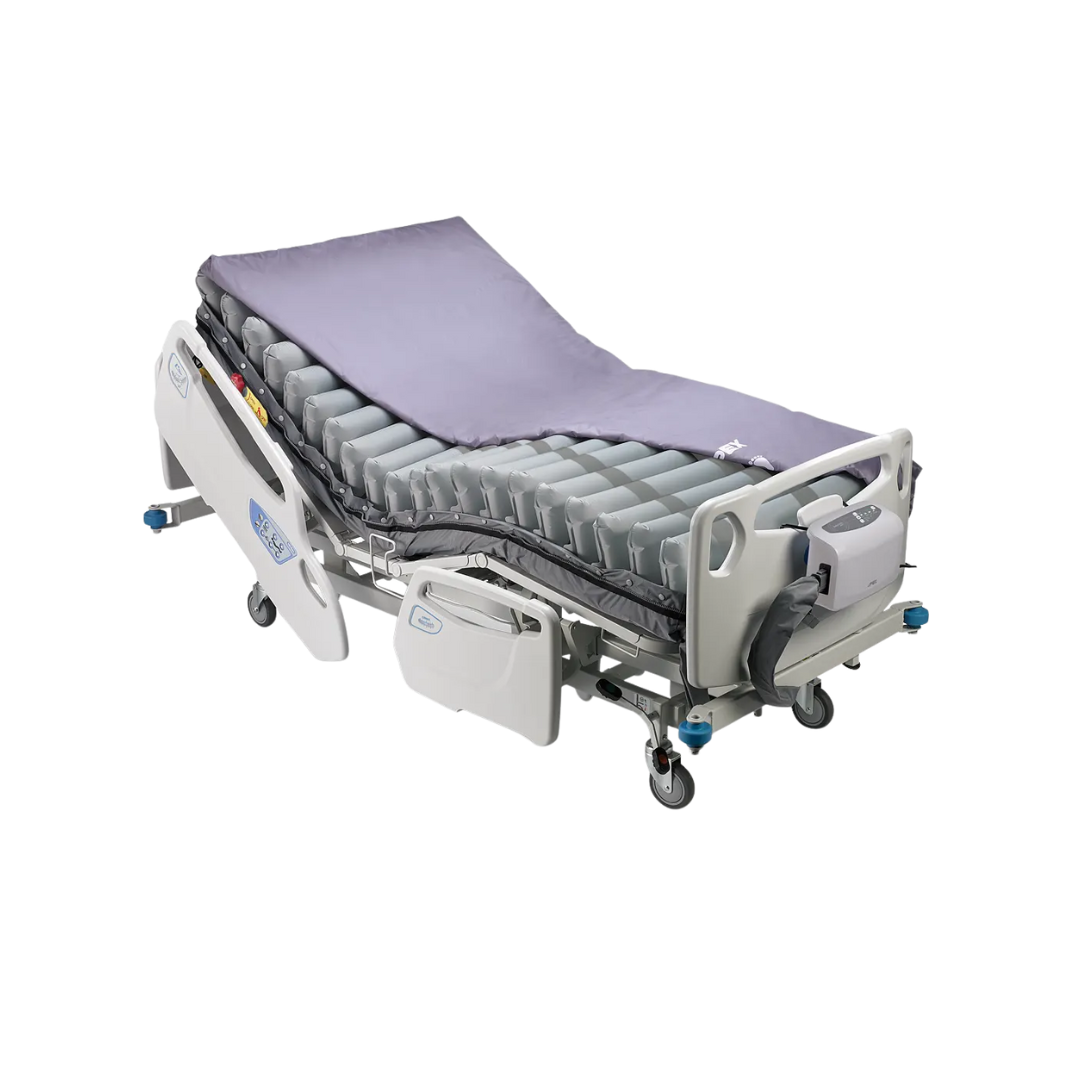
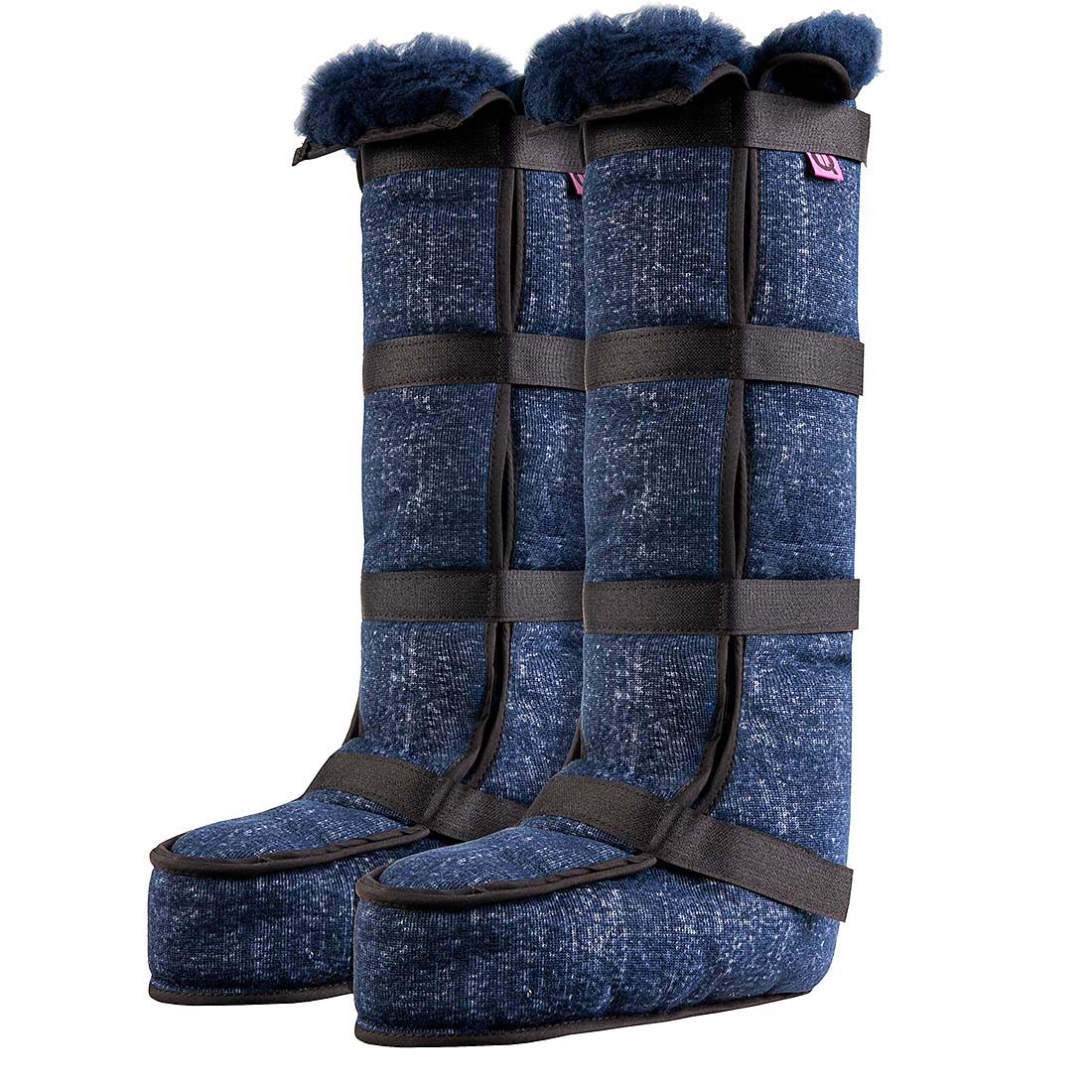
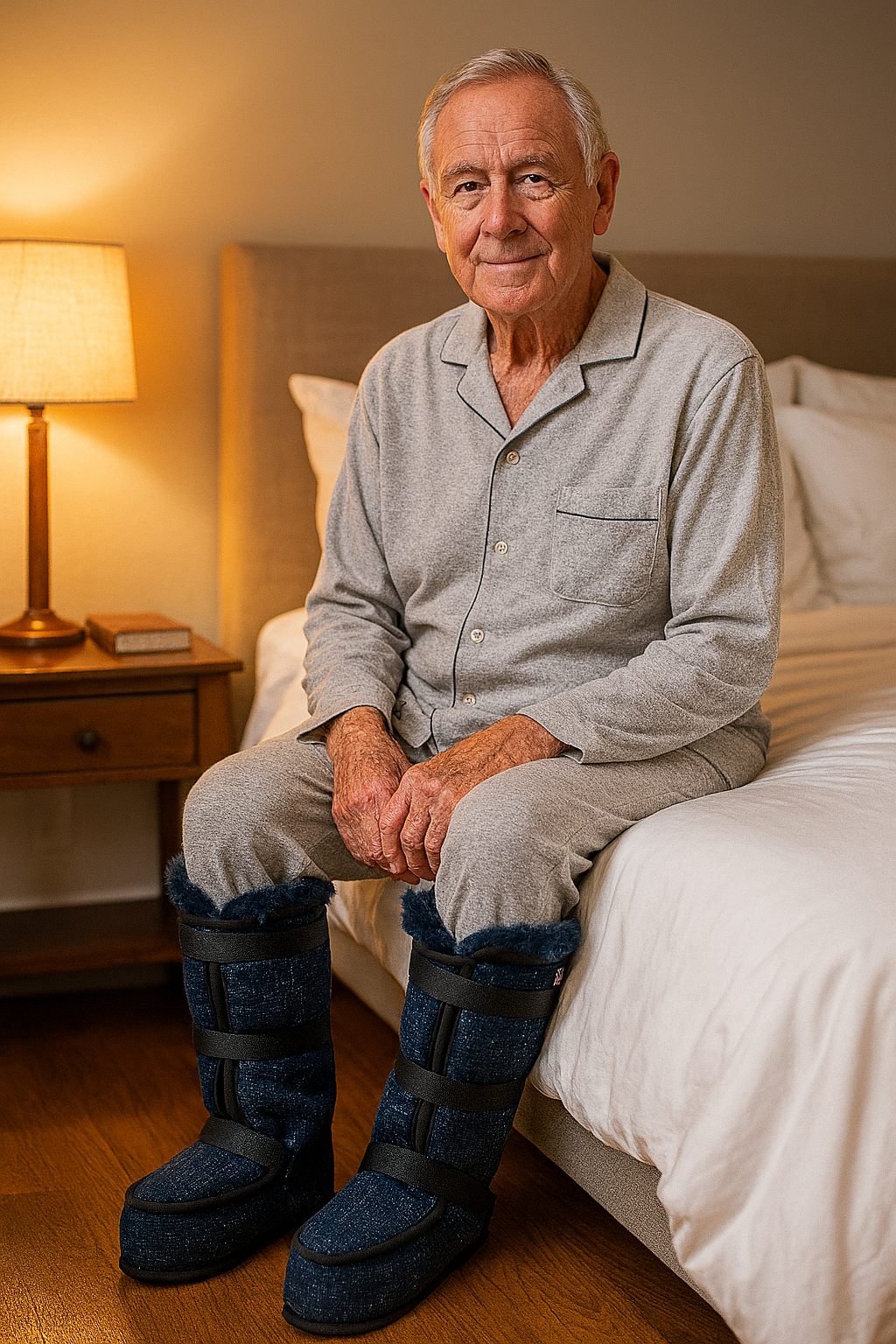
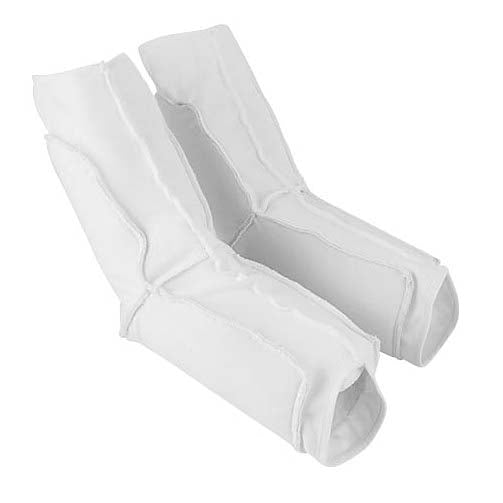
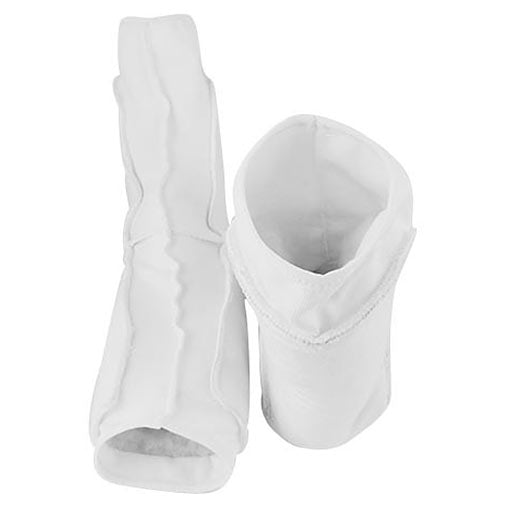
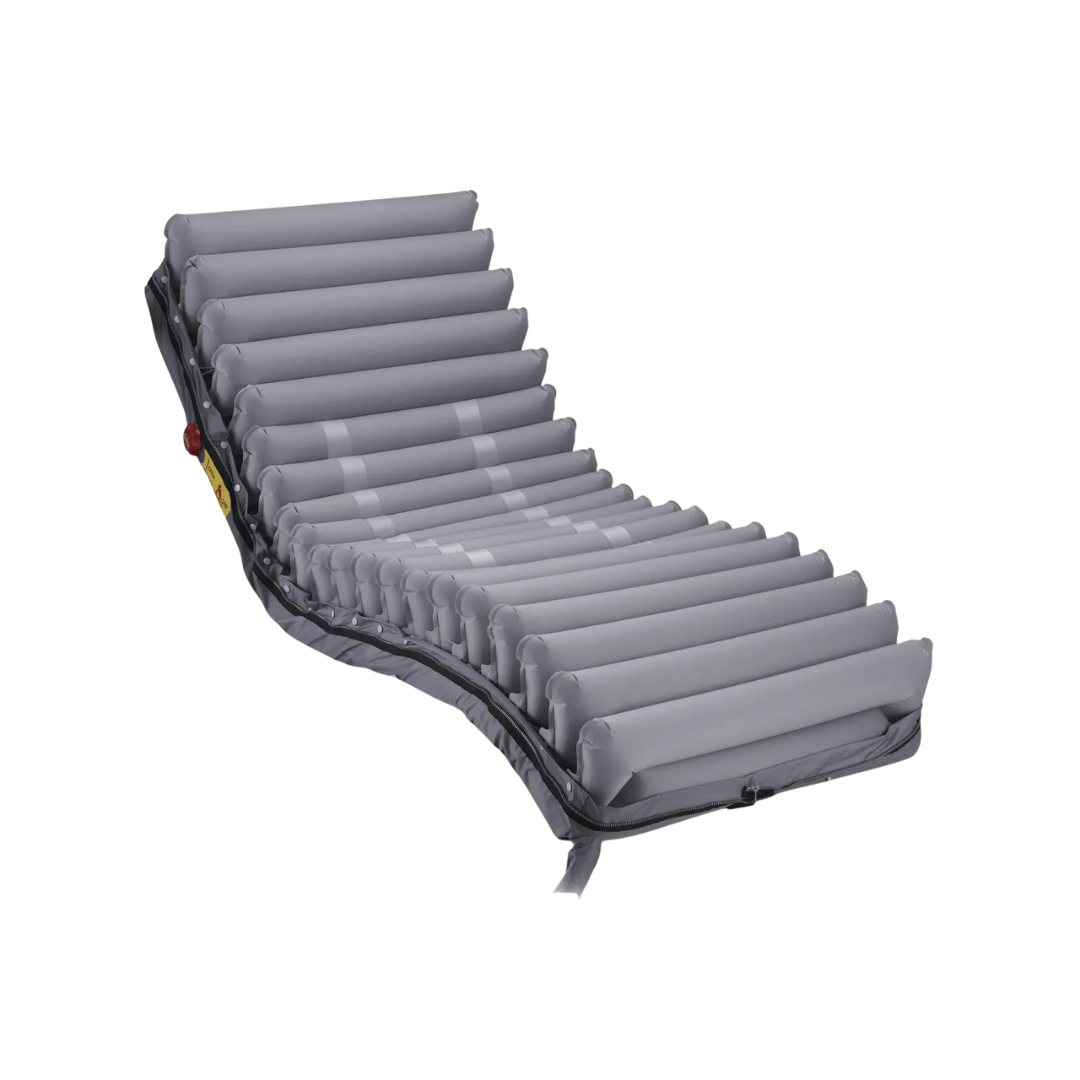
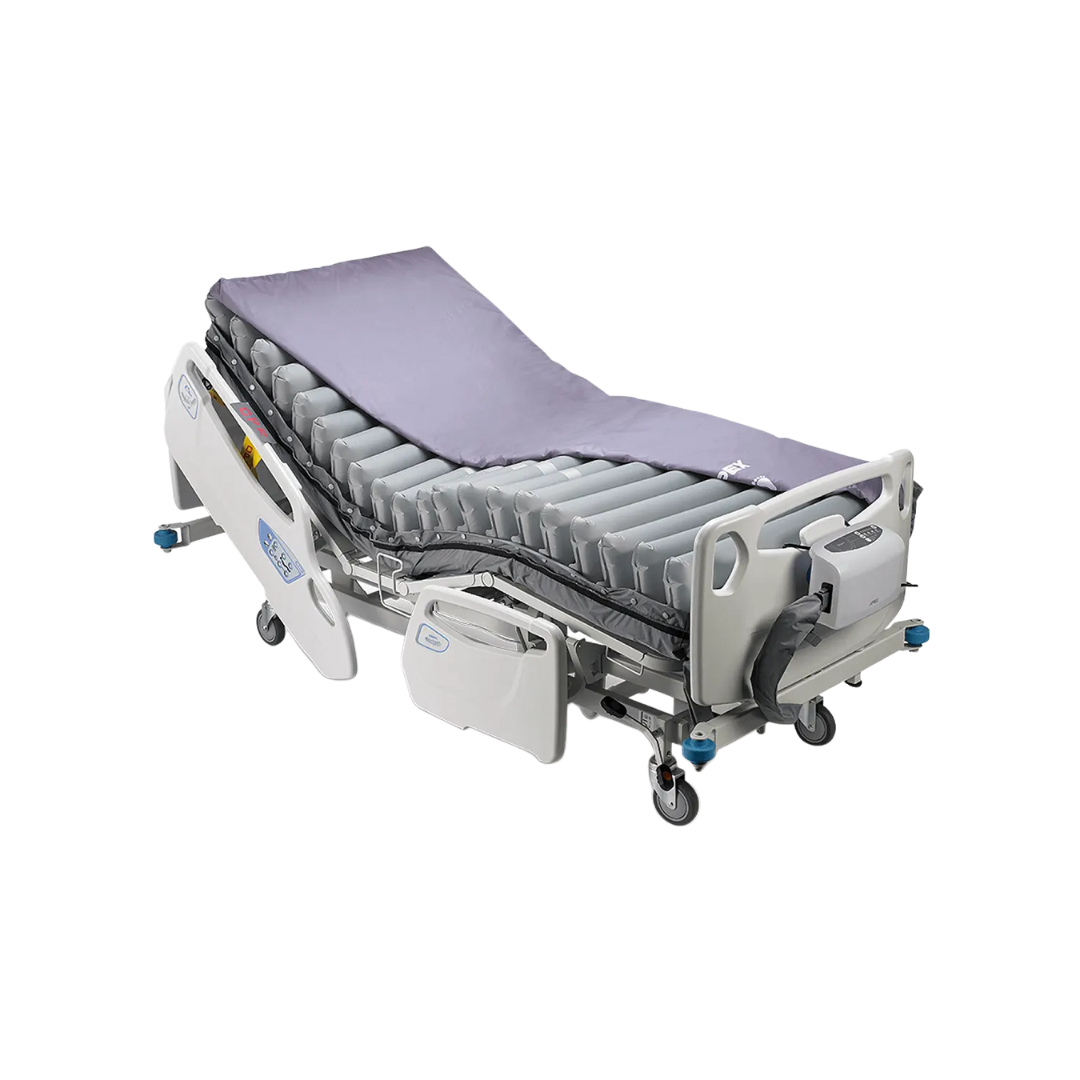

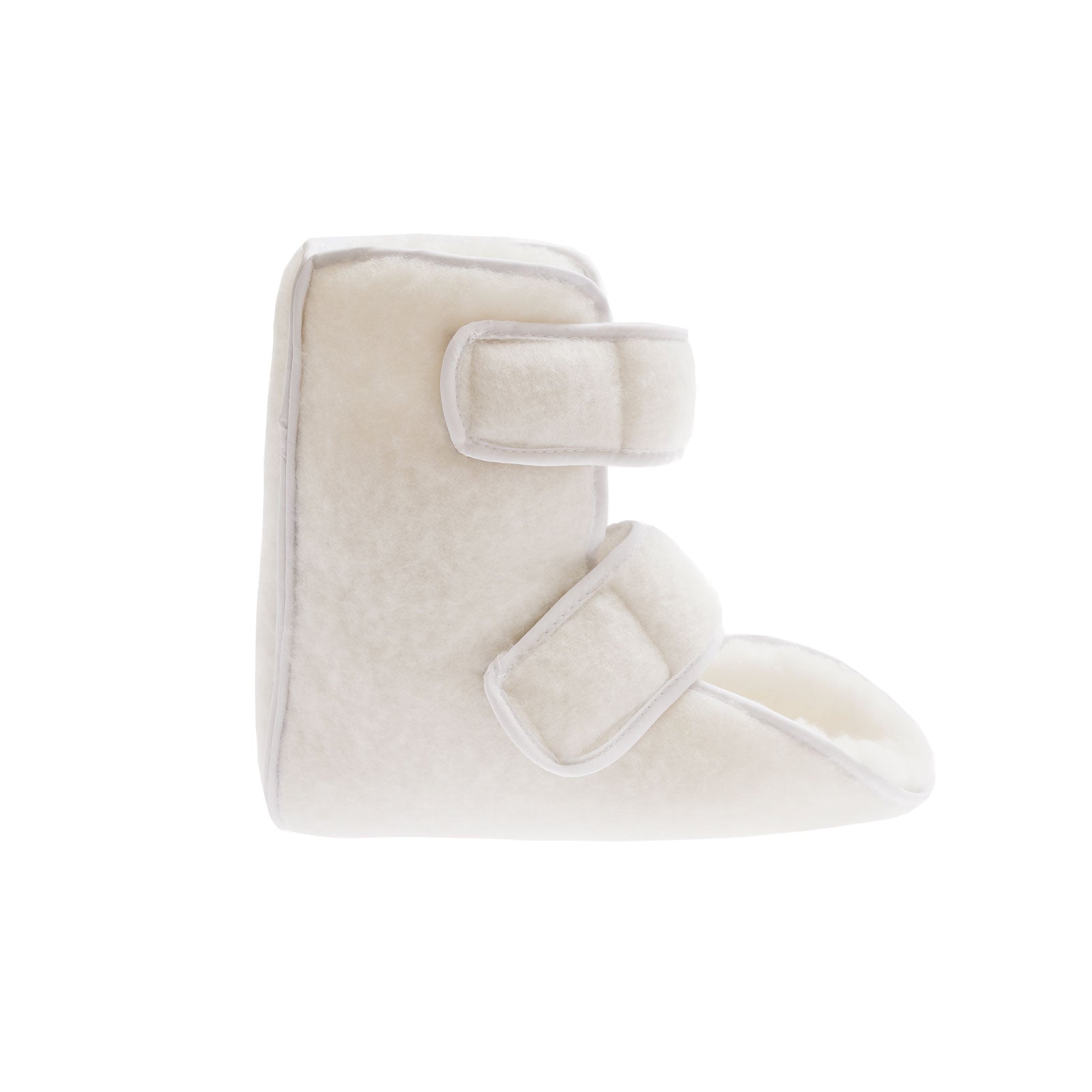

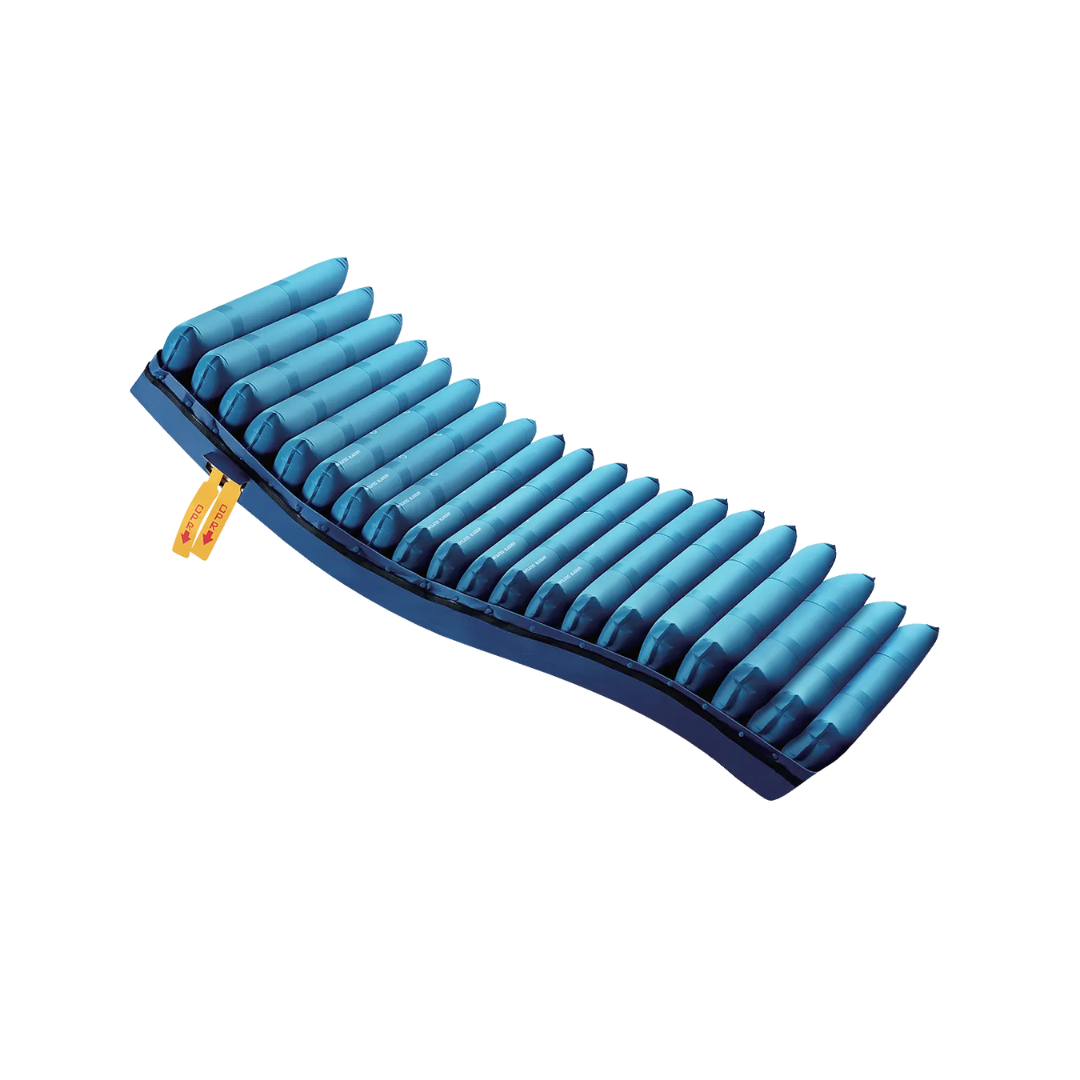
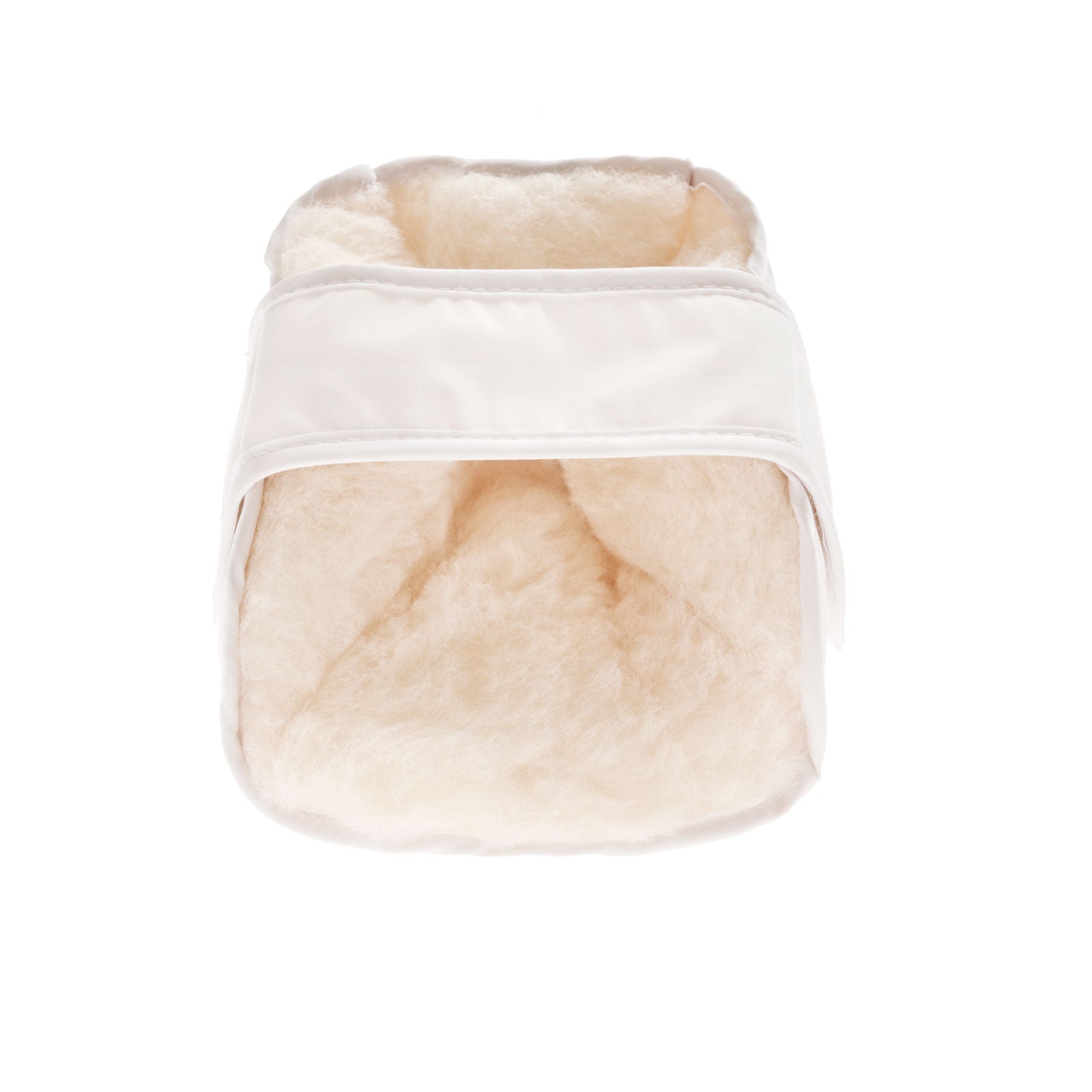
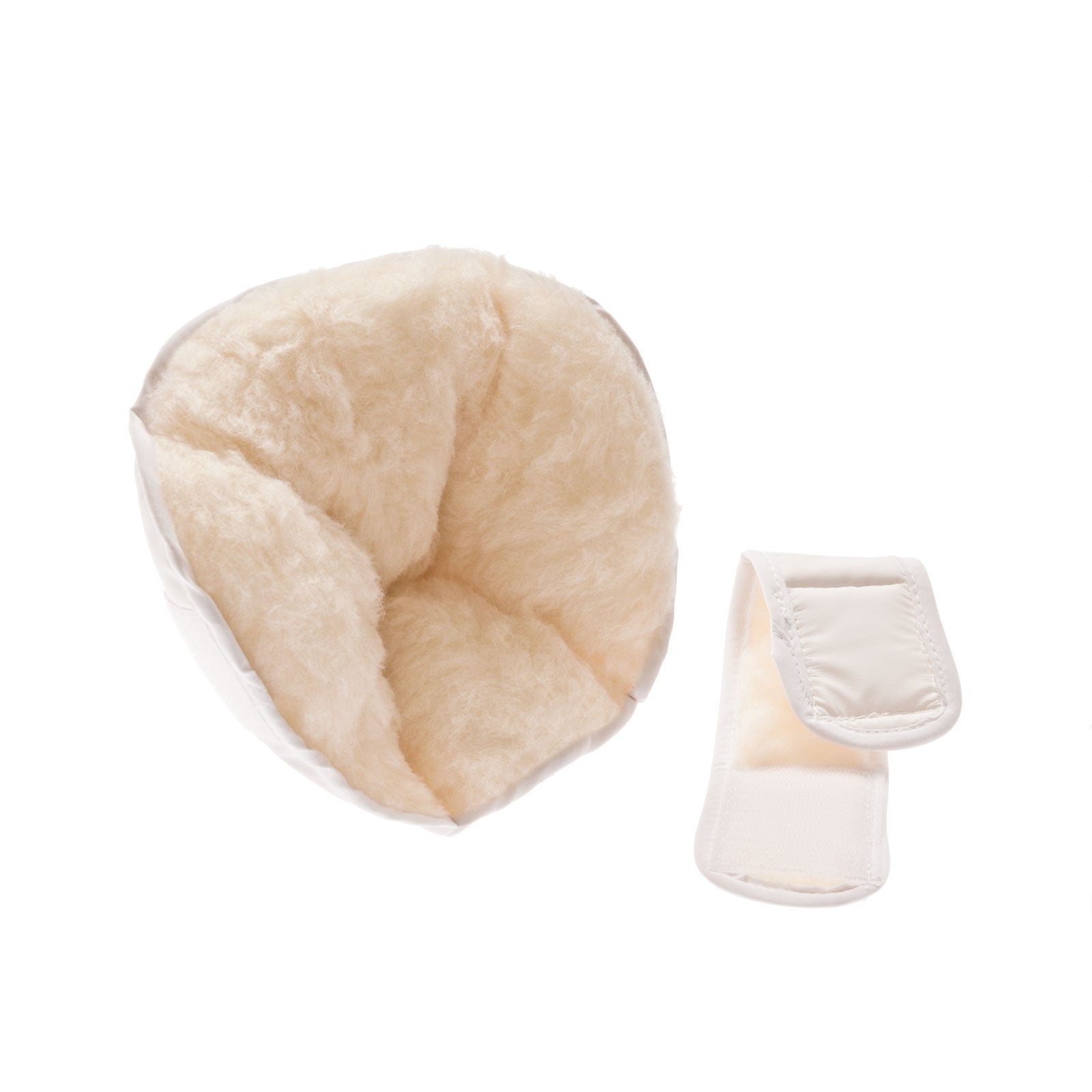

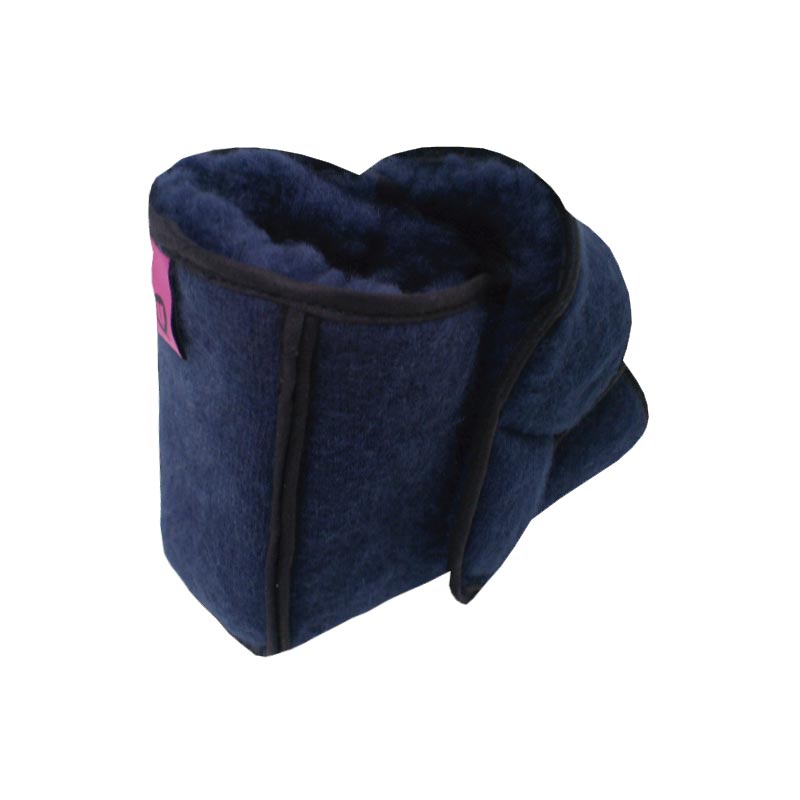
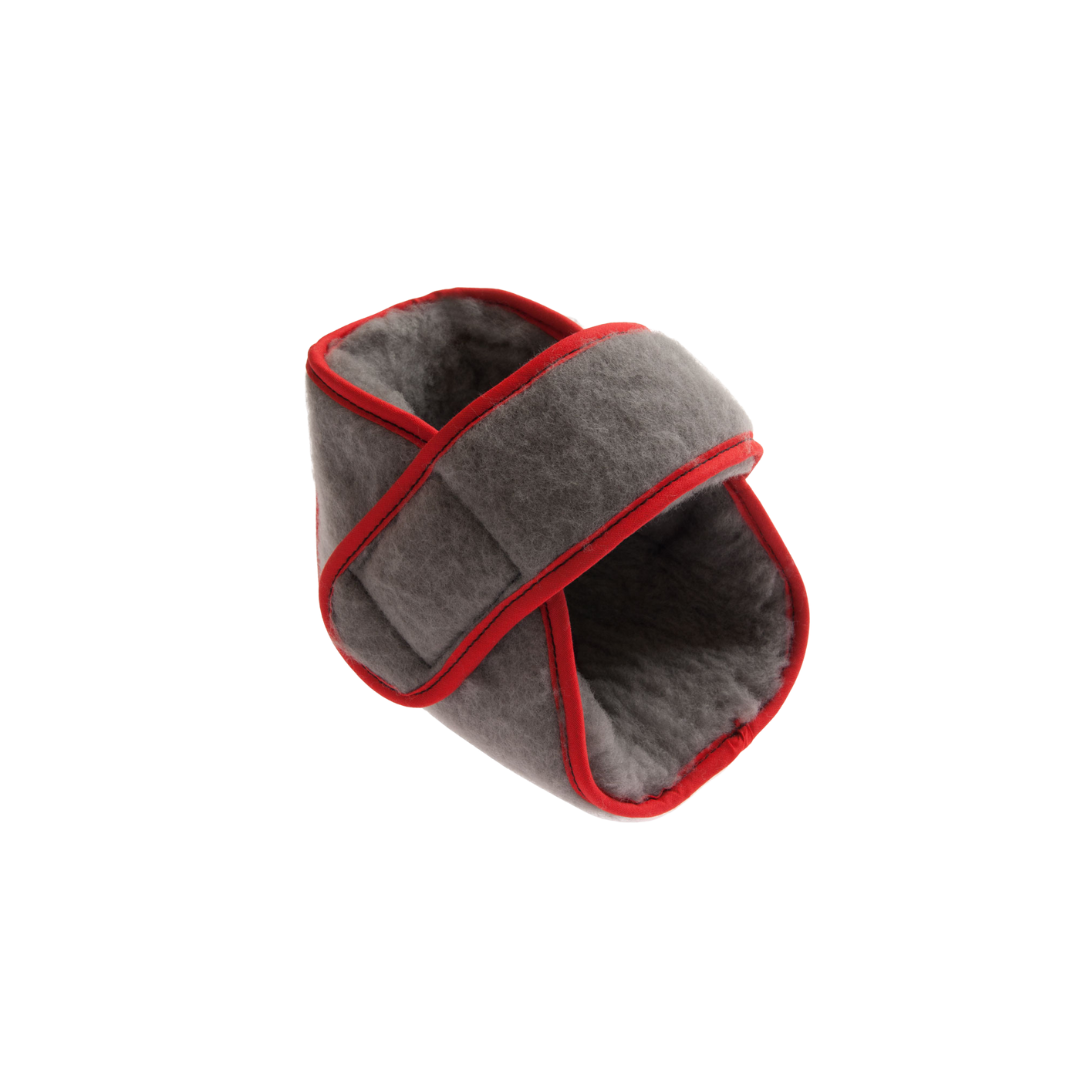
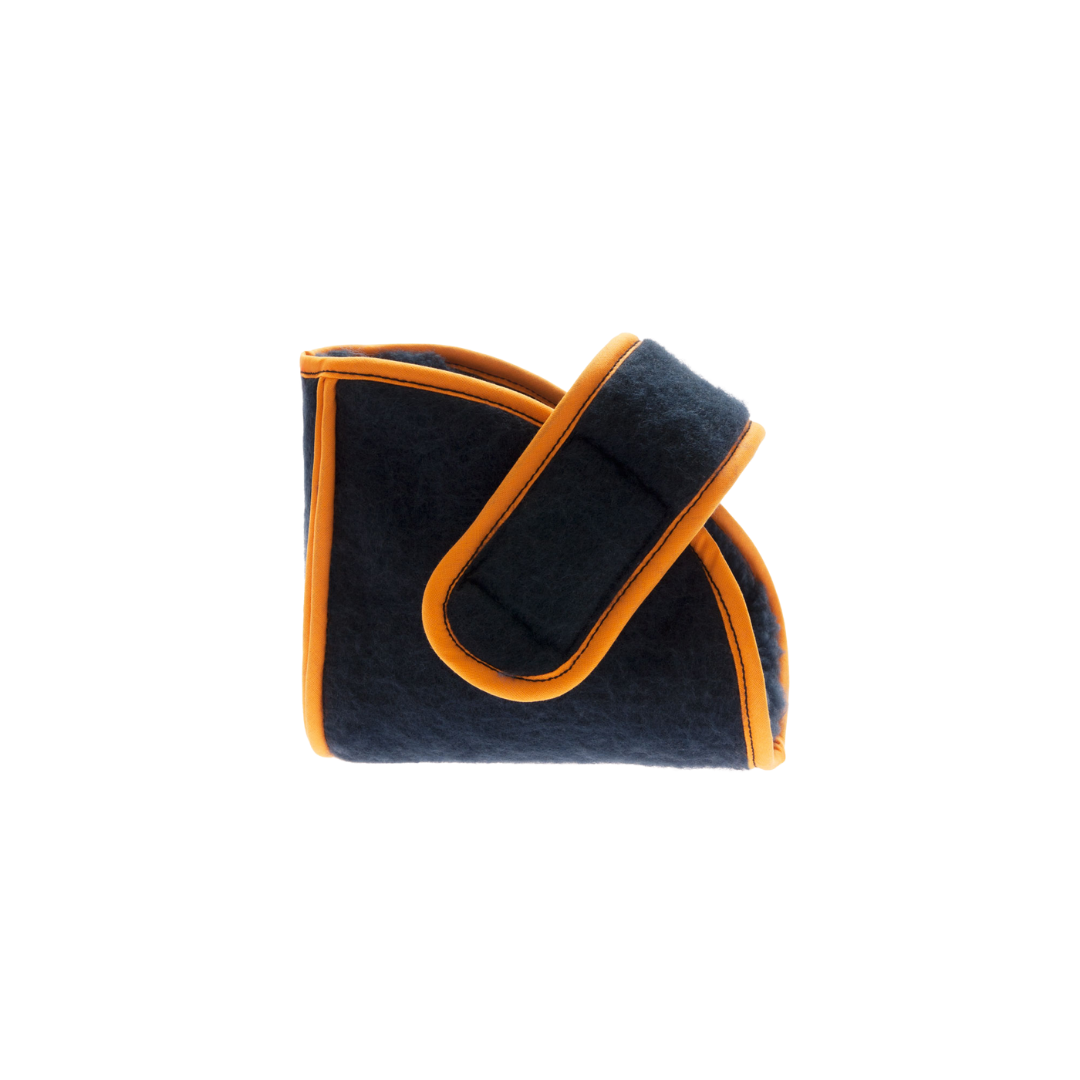
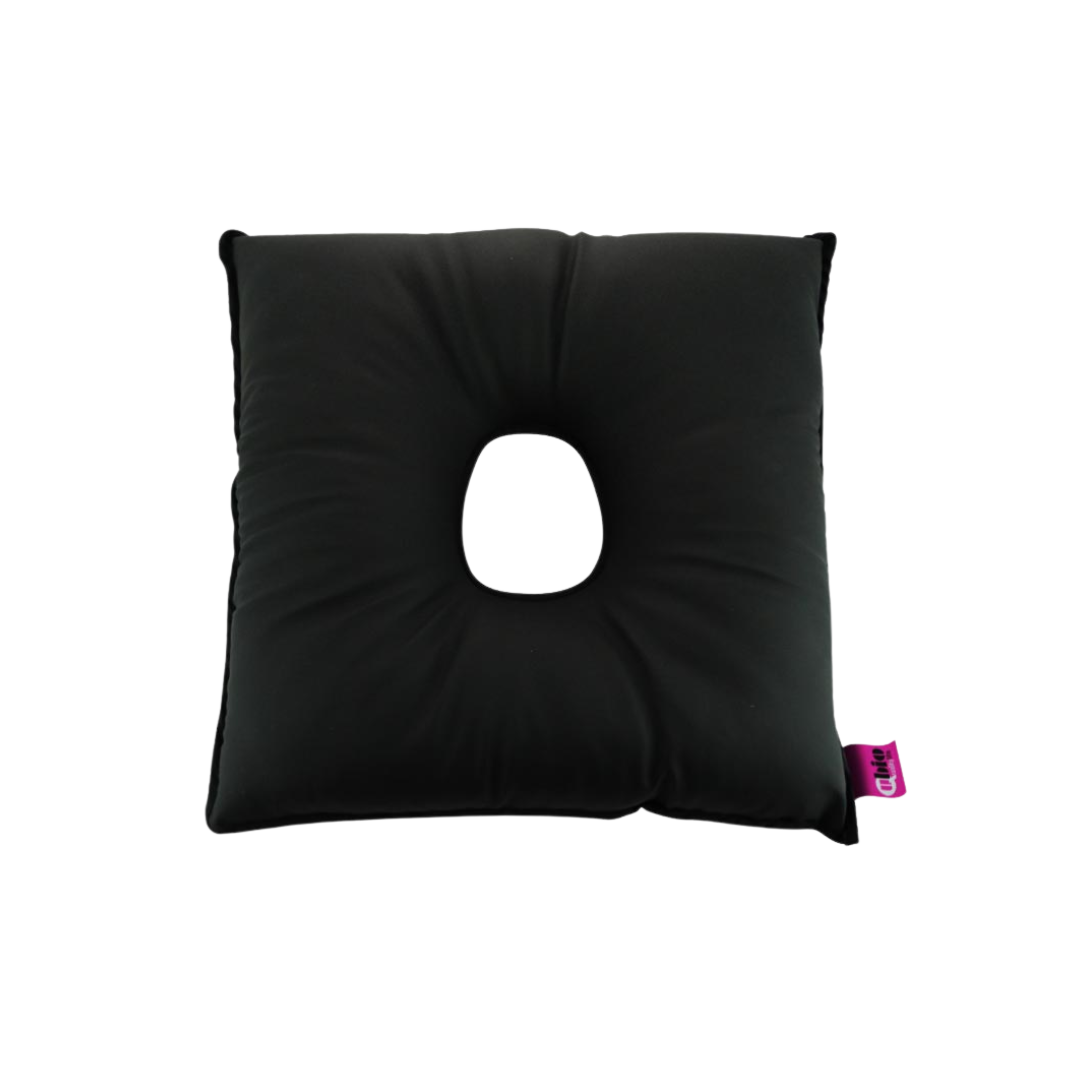
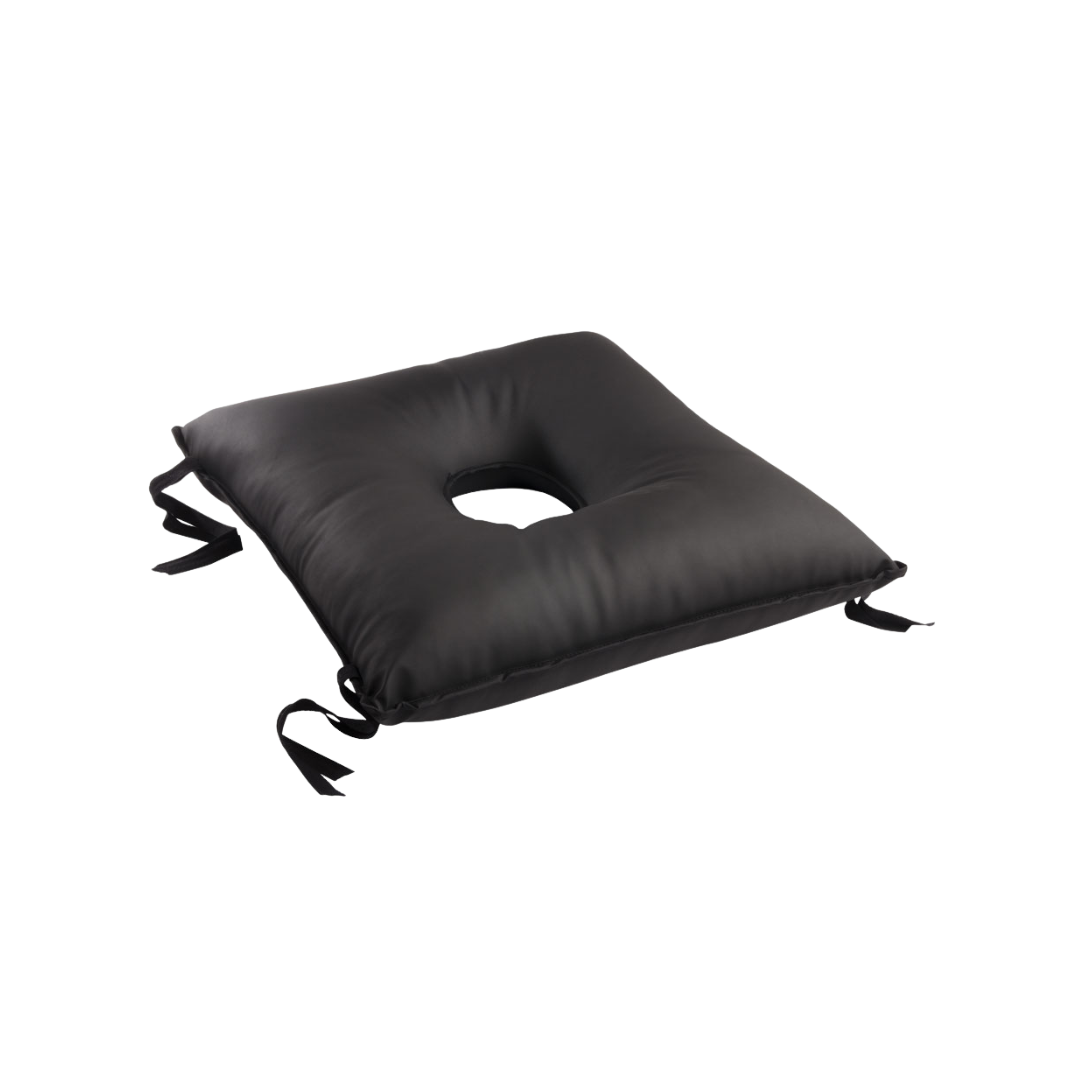
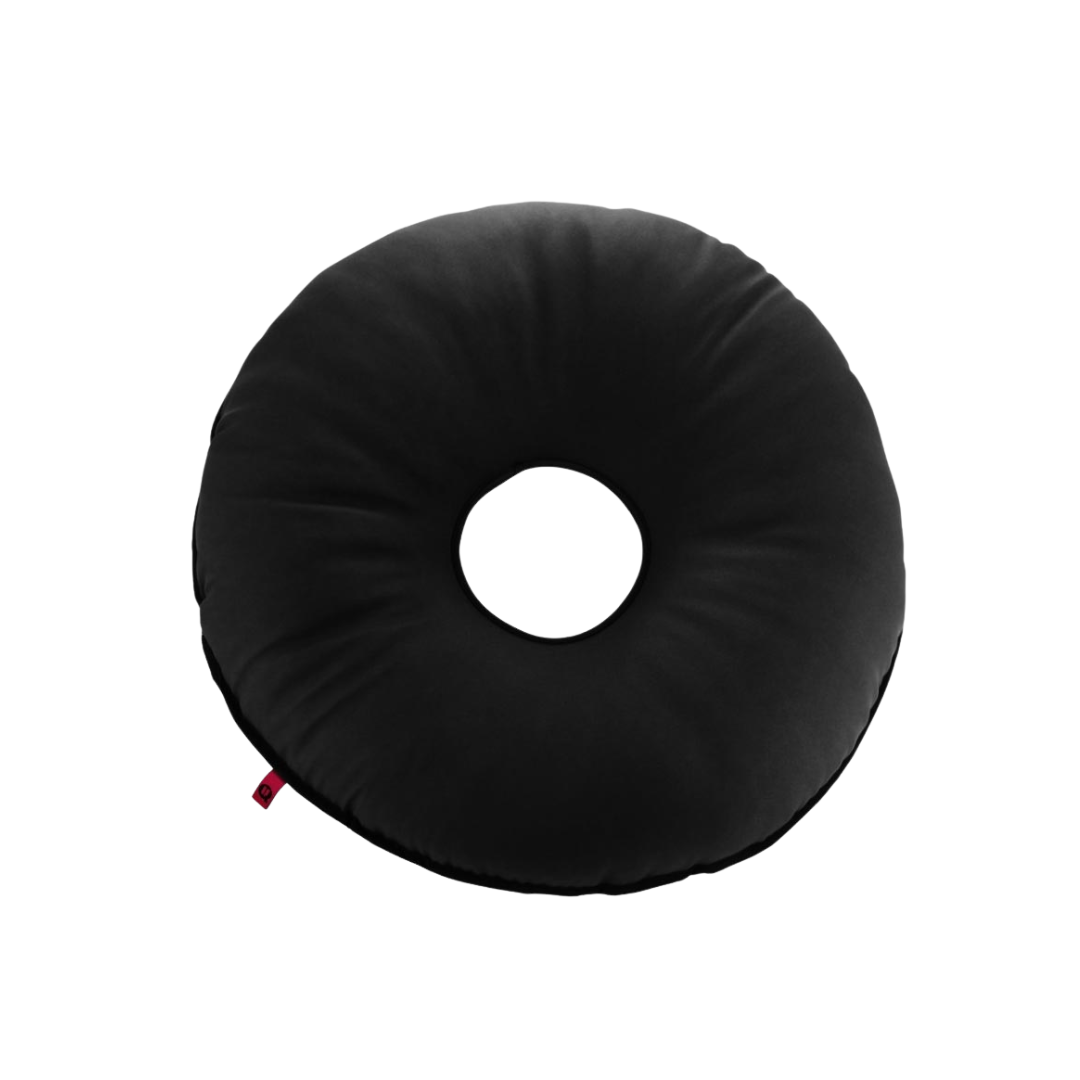
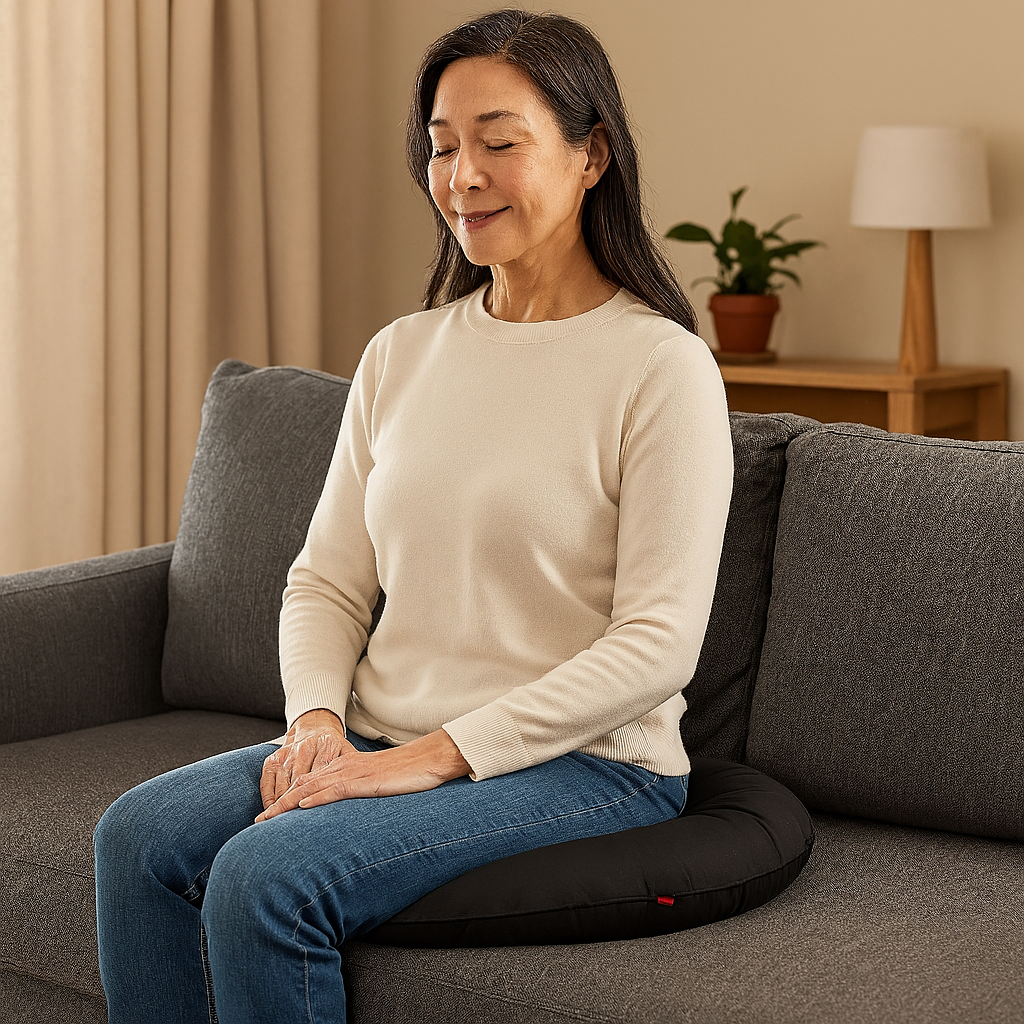

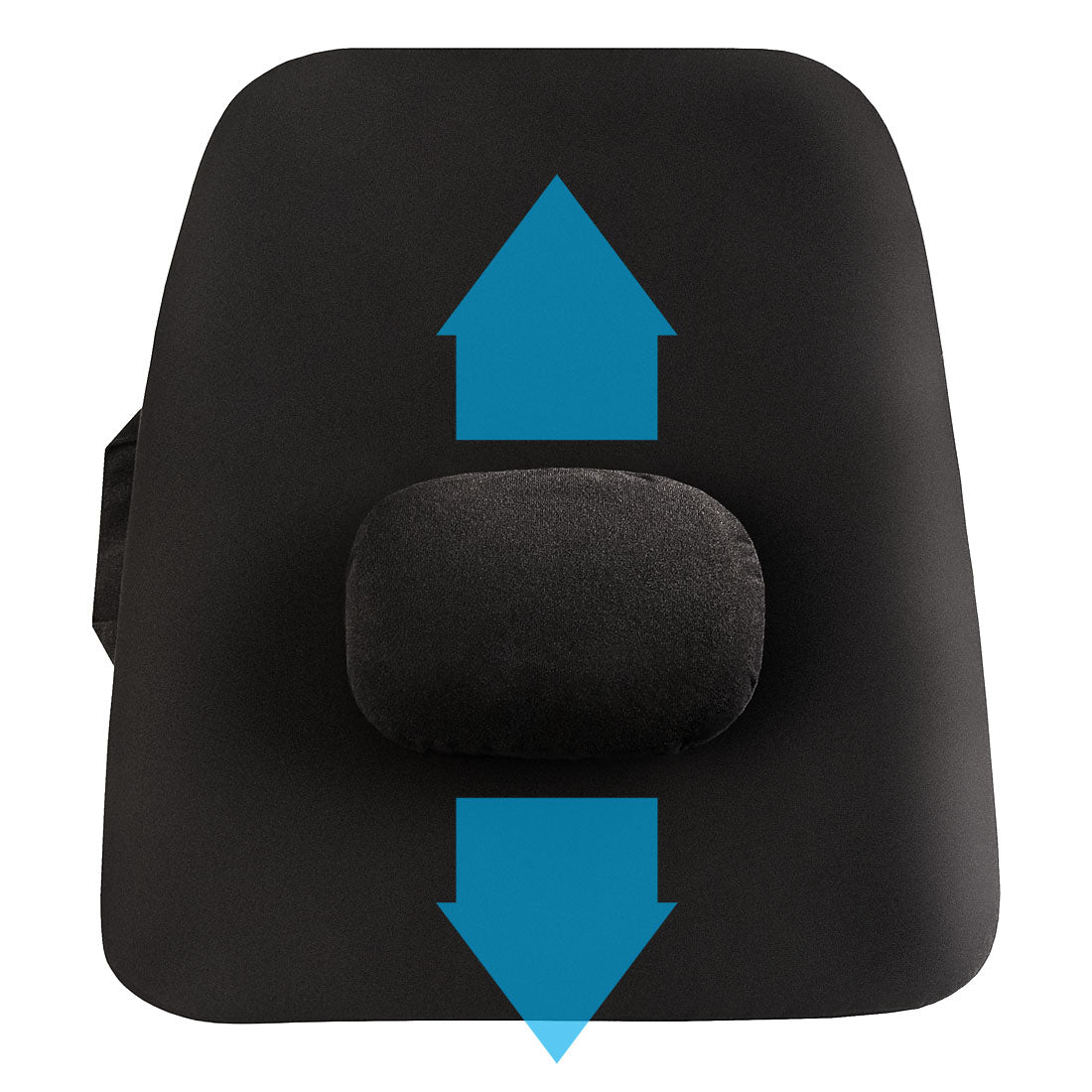
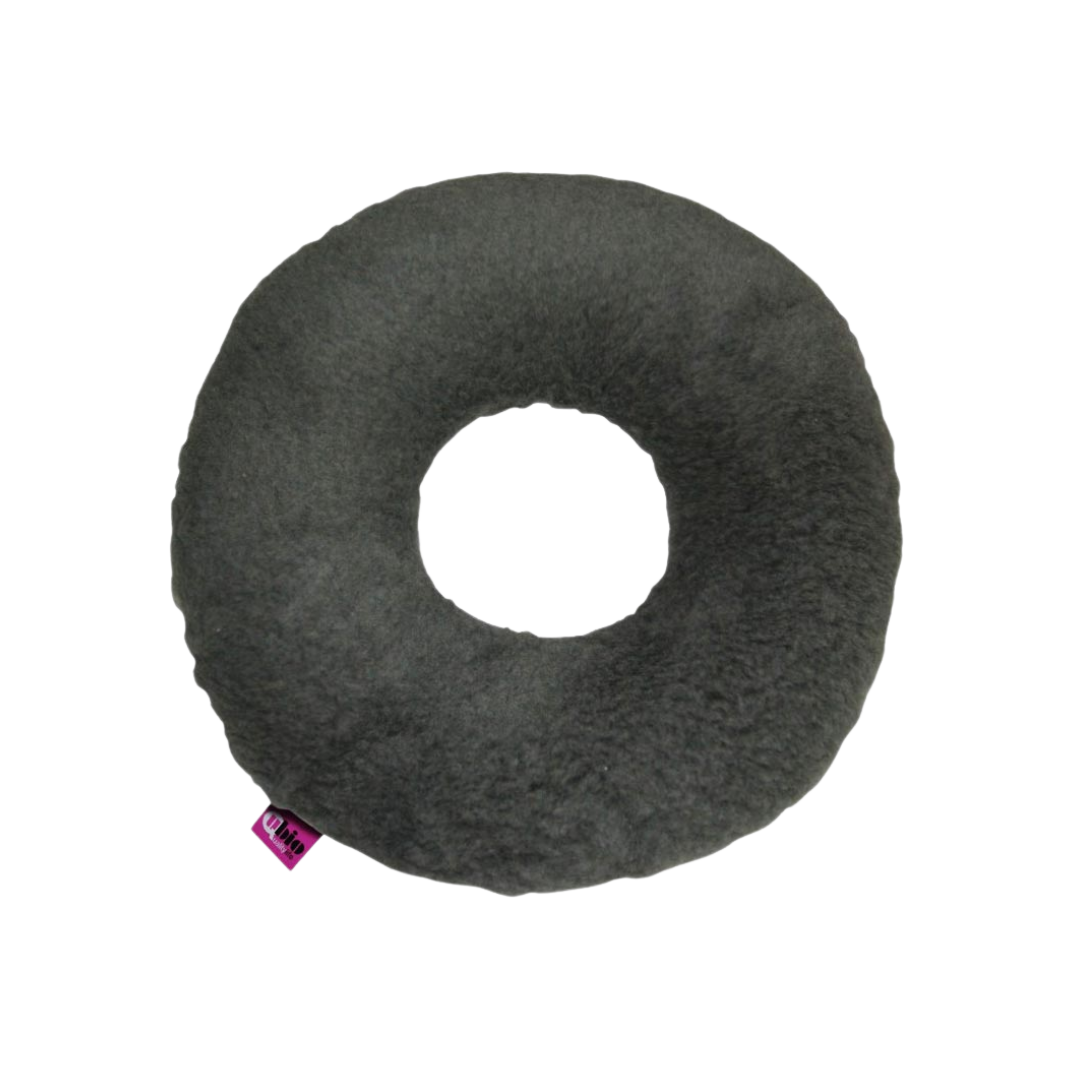
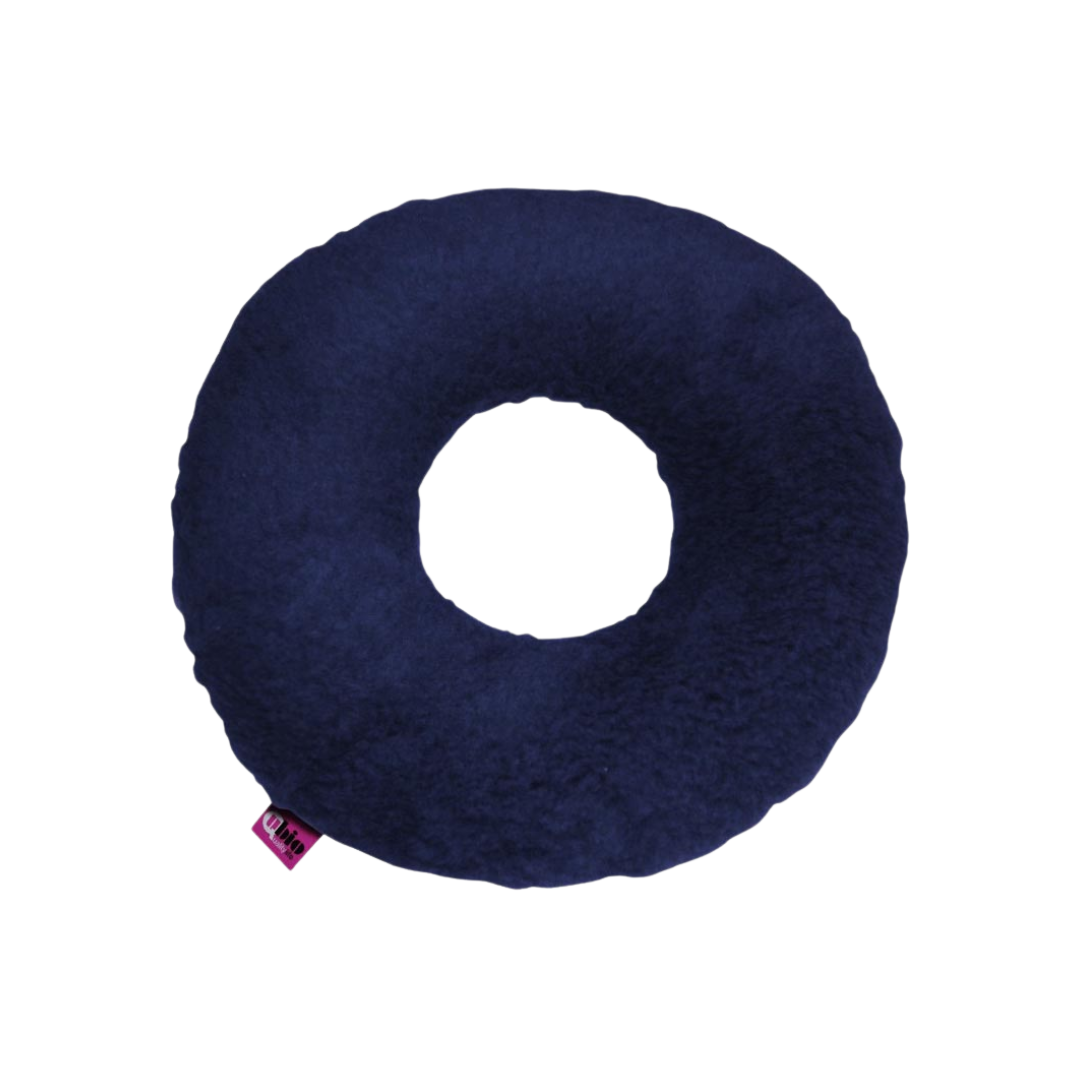
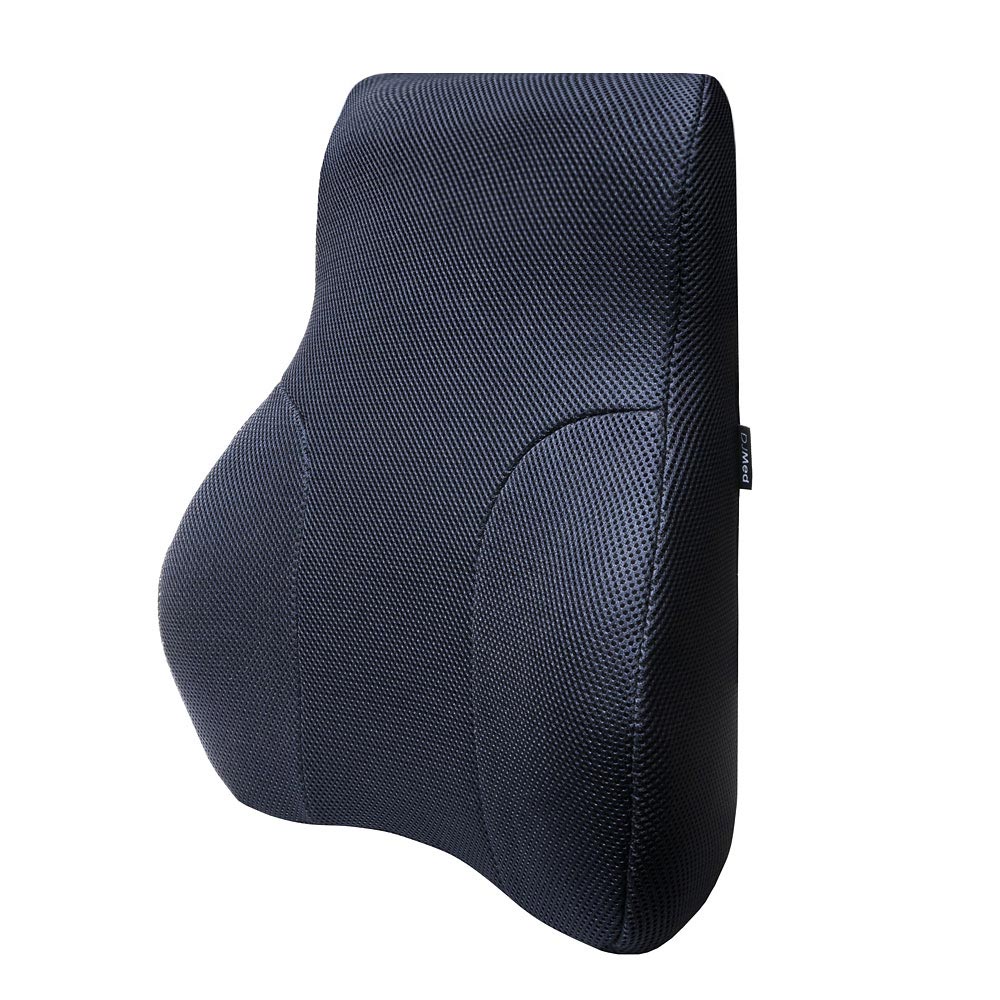
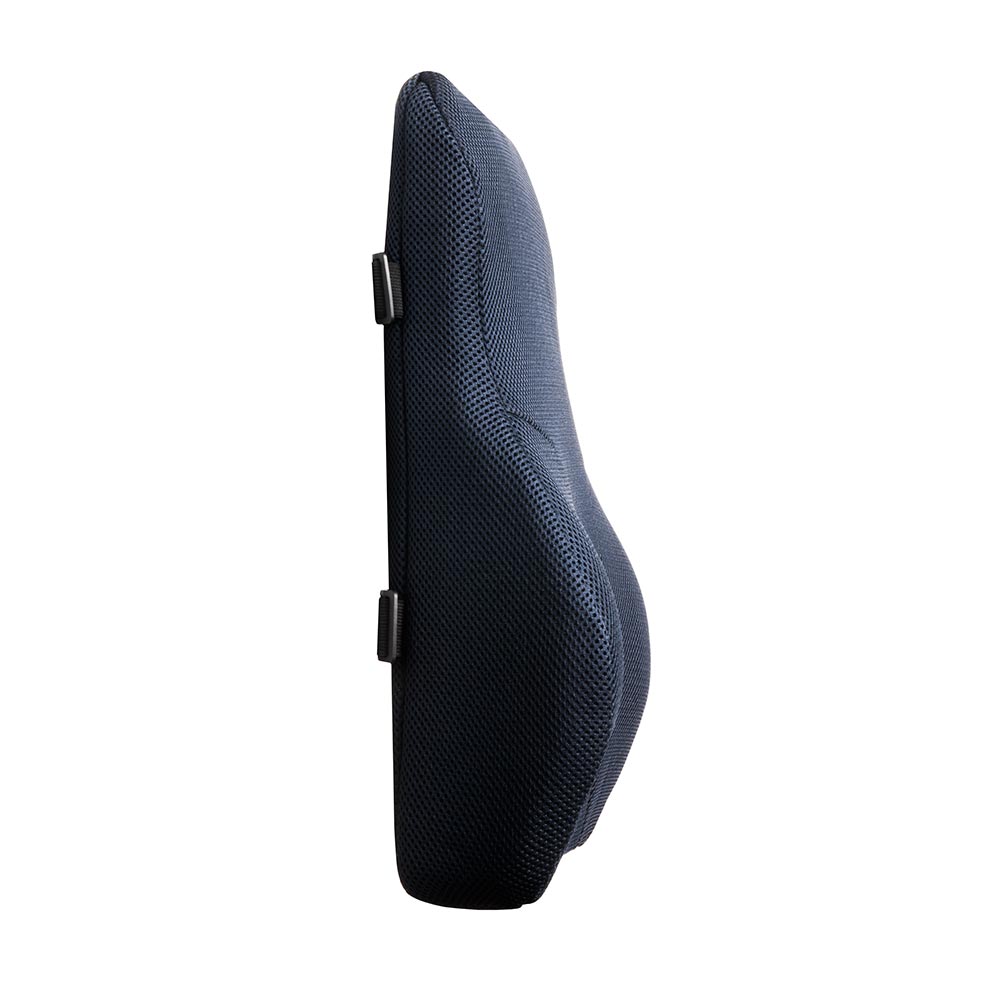

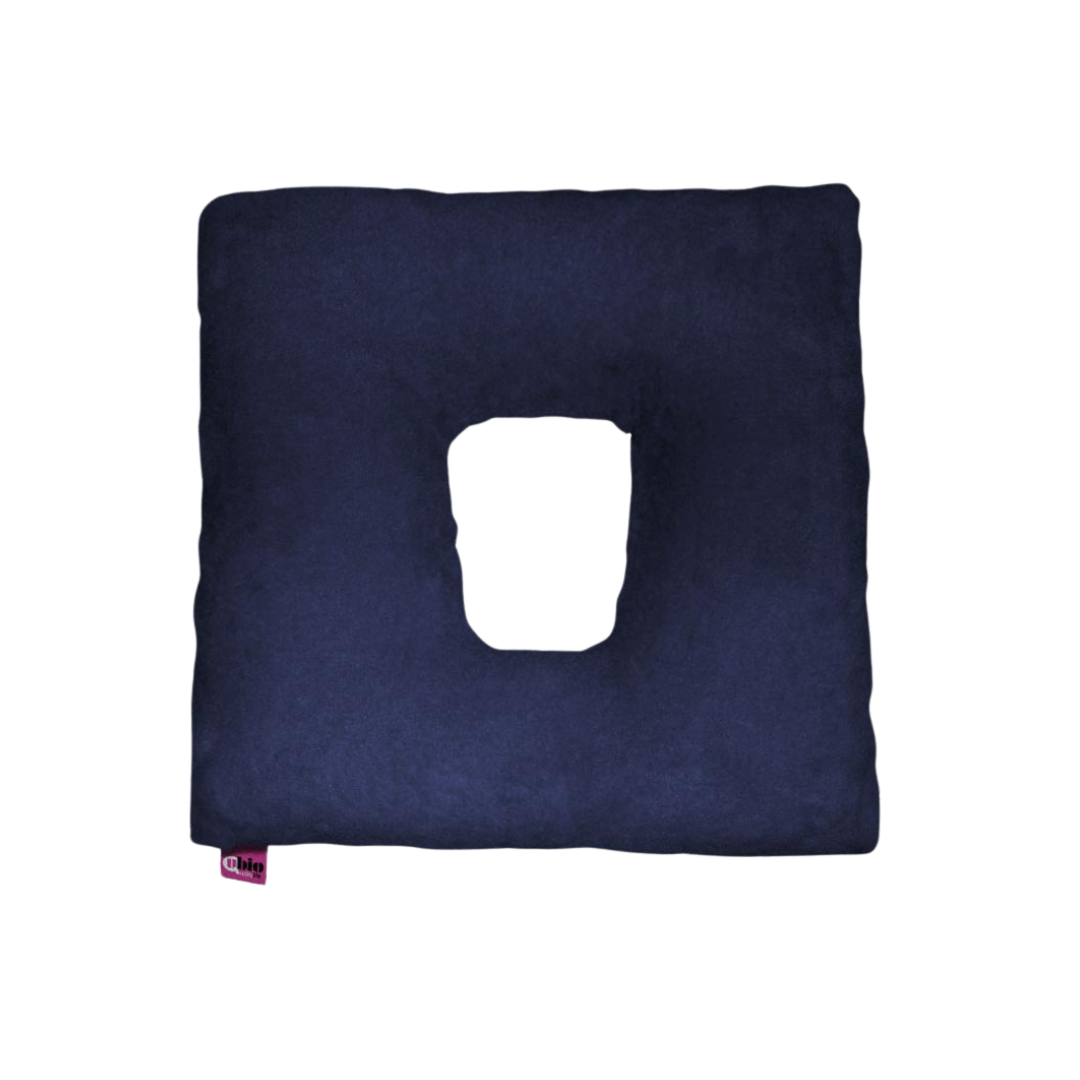
Recently viewed
FAQs
Pressure care helps prevent and manage pressure injuries by reducing prolonged pressure on vulnerable skin areas like heels, hips and the tailbone.
Pressure care products are ideal for people who are bed-bound, wheelchair users, aged care residents, or anyone with limited mobility or reduced sensation.
Yes. Pressure care mattresses redistribute body weight and reduce sustained pressure, significantly lowering the risk of pressure ulcers.
Many pressure care items such as mattresses, cushions and positioning aids may be funded by NDIS if clinically required and linked to daily living needs.
